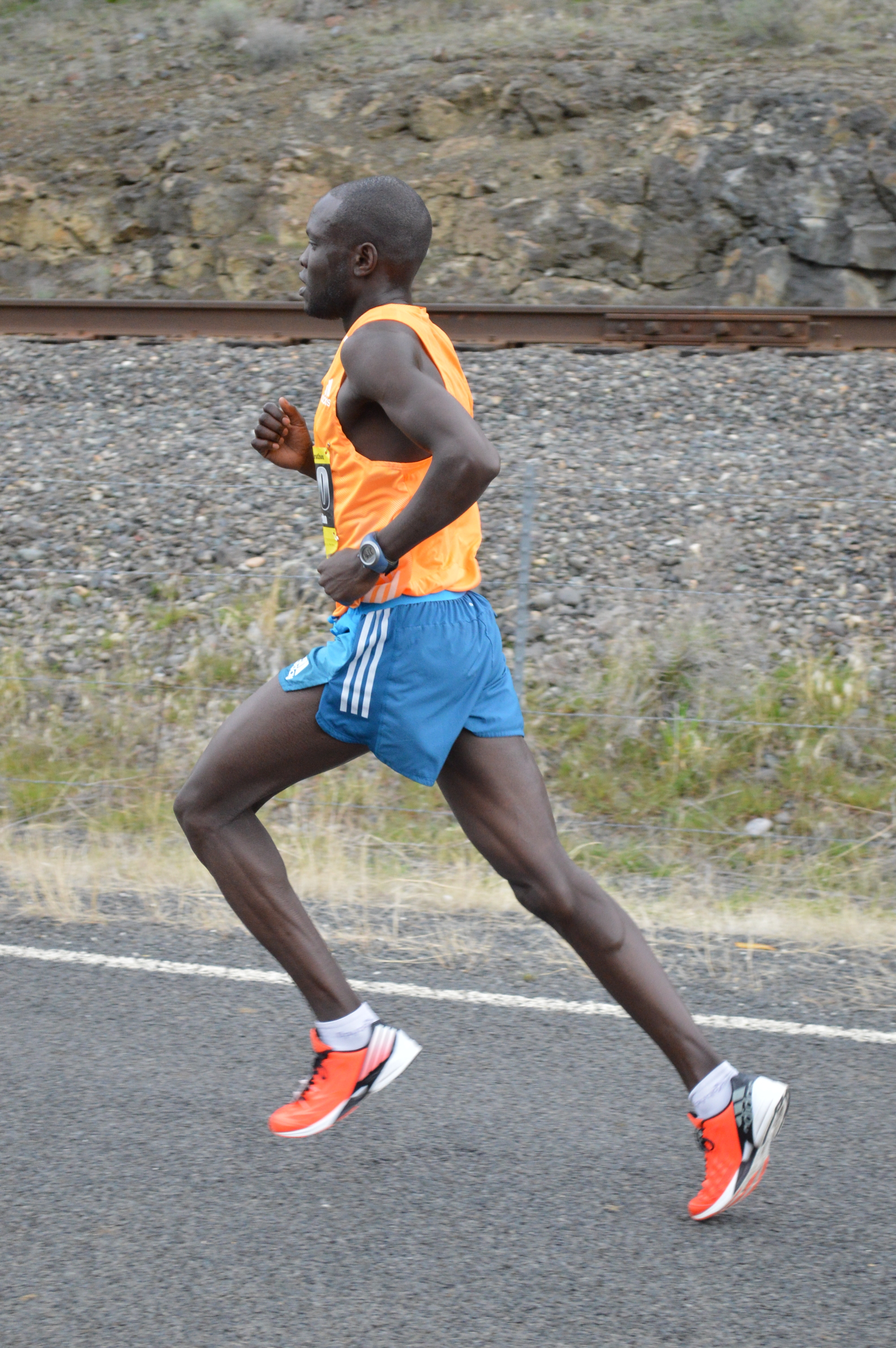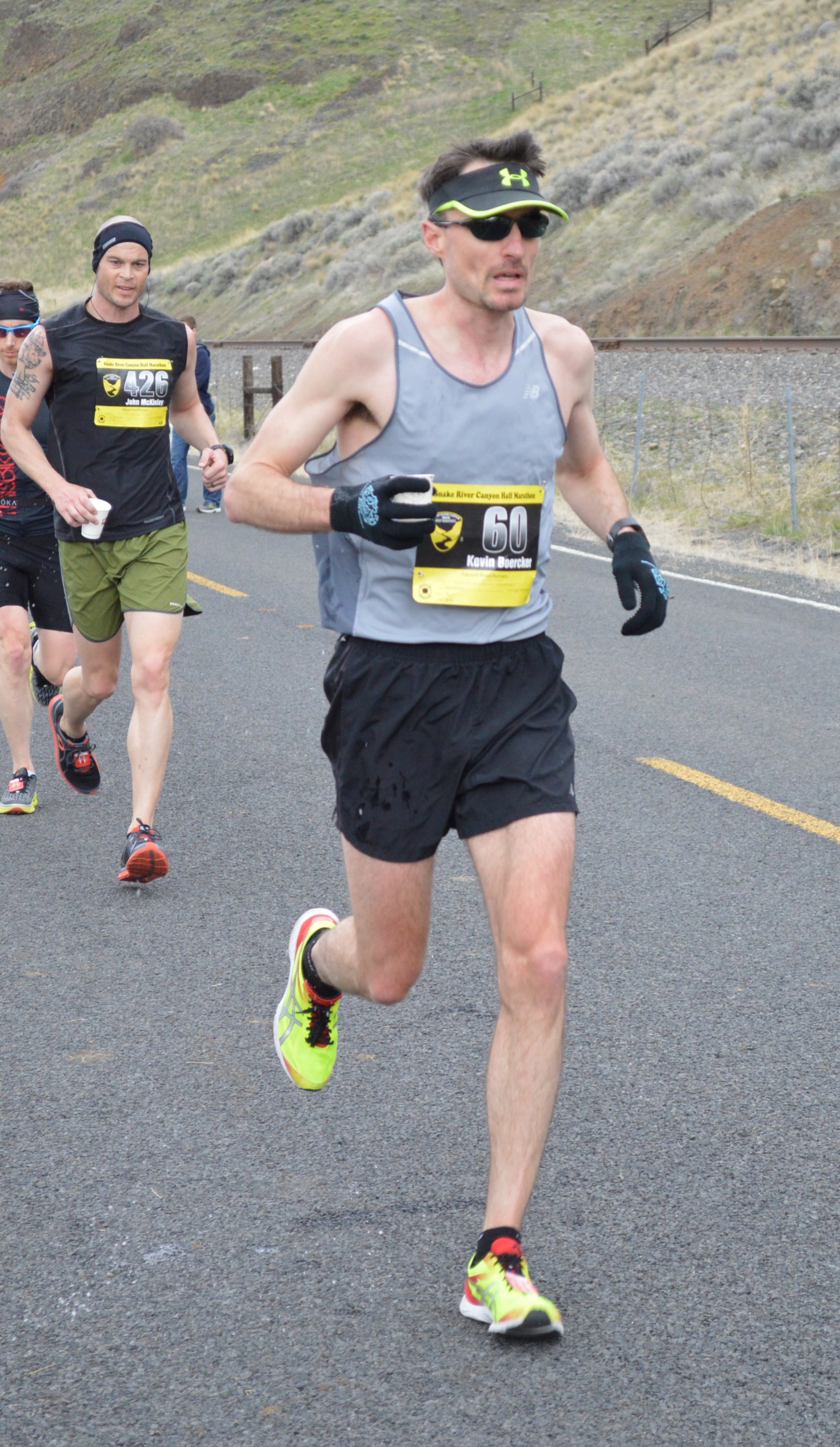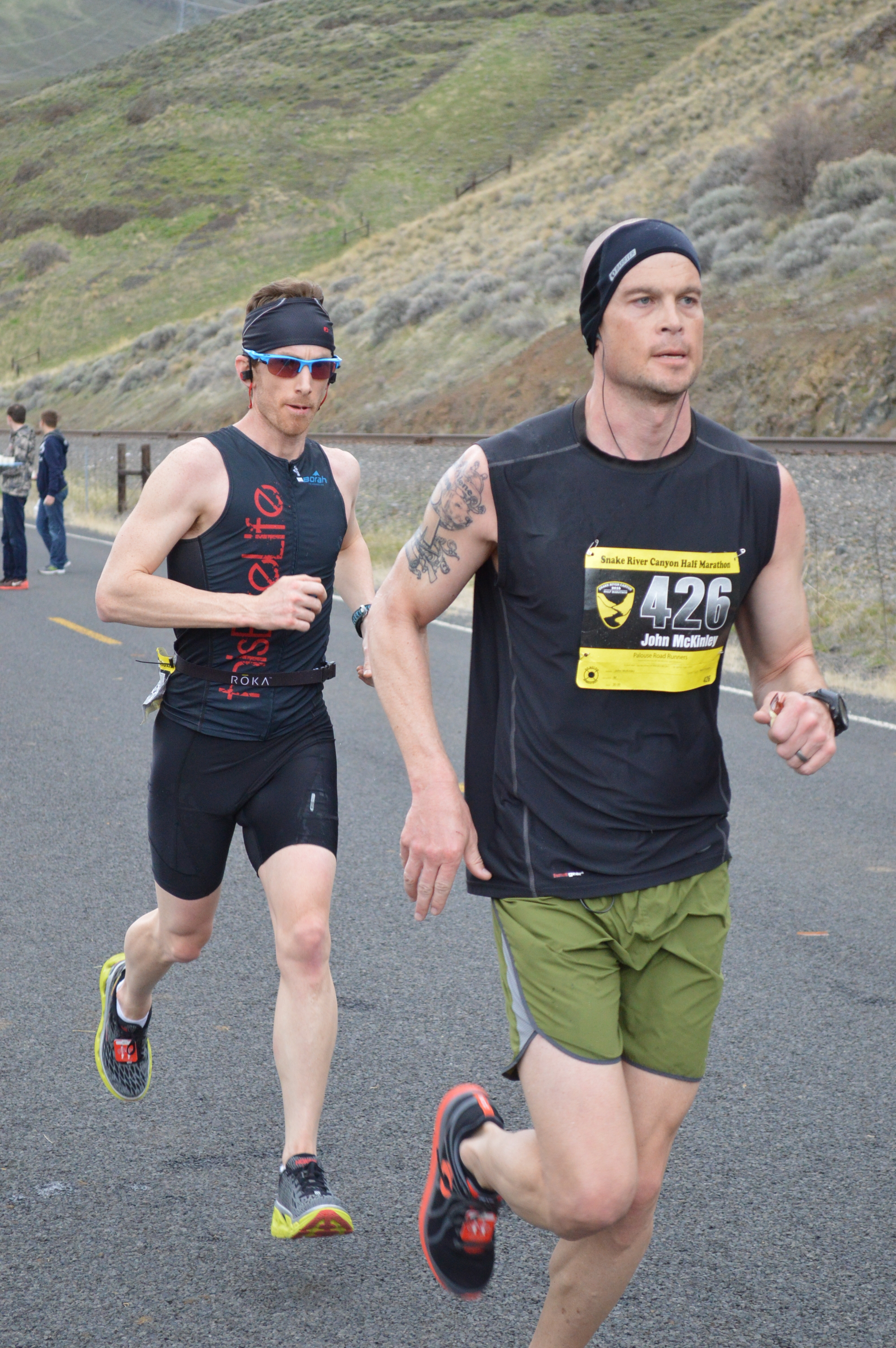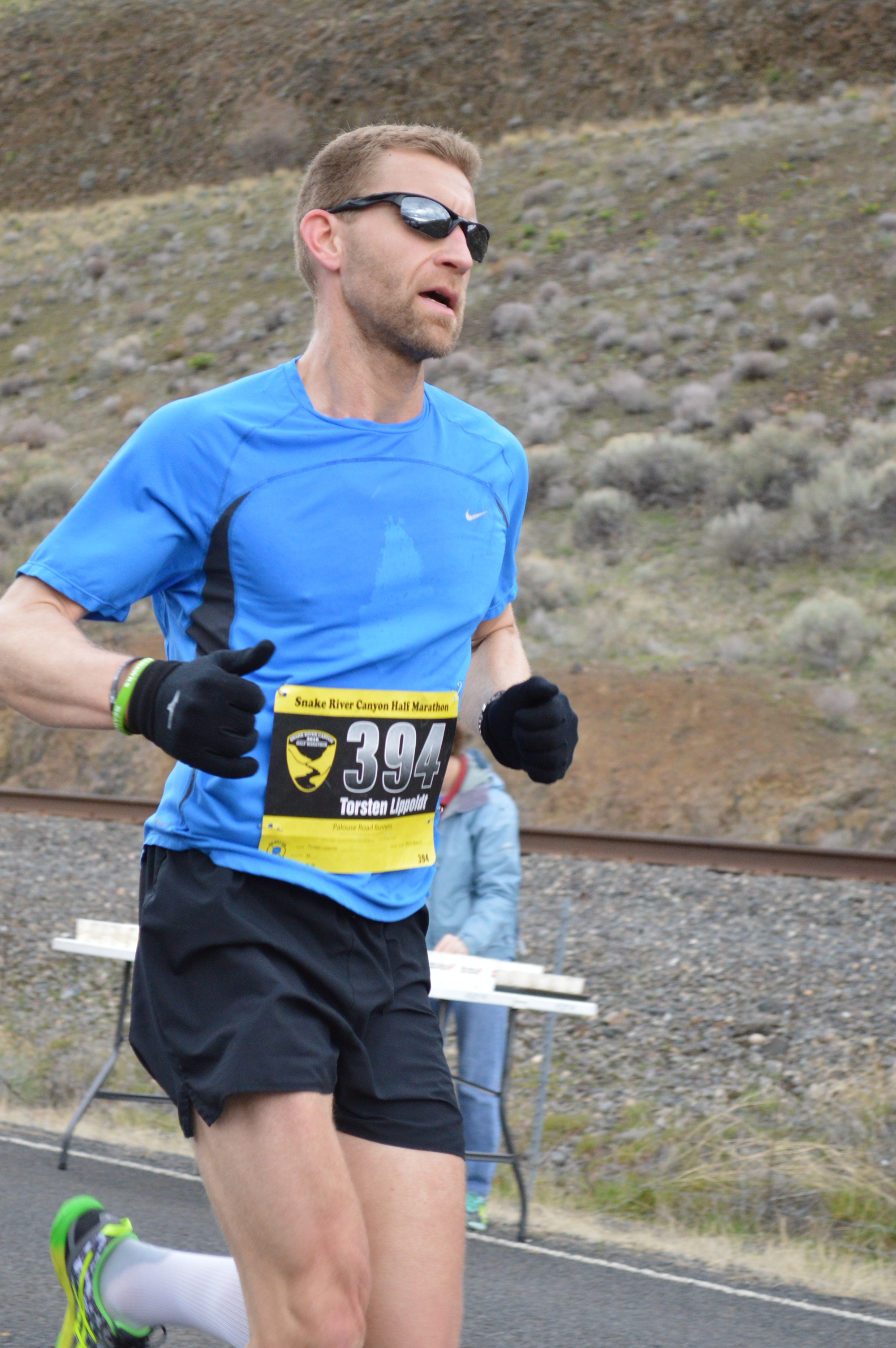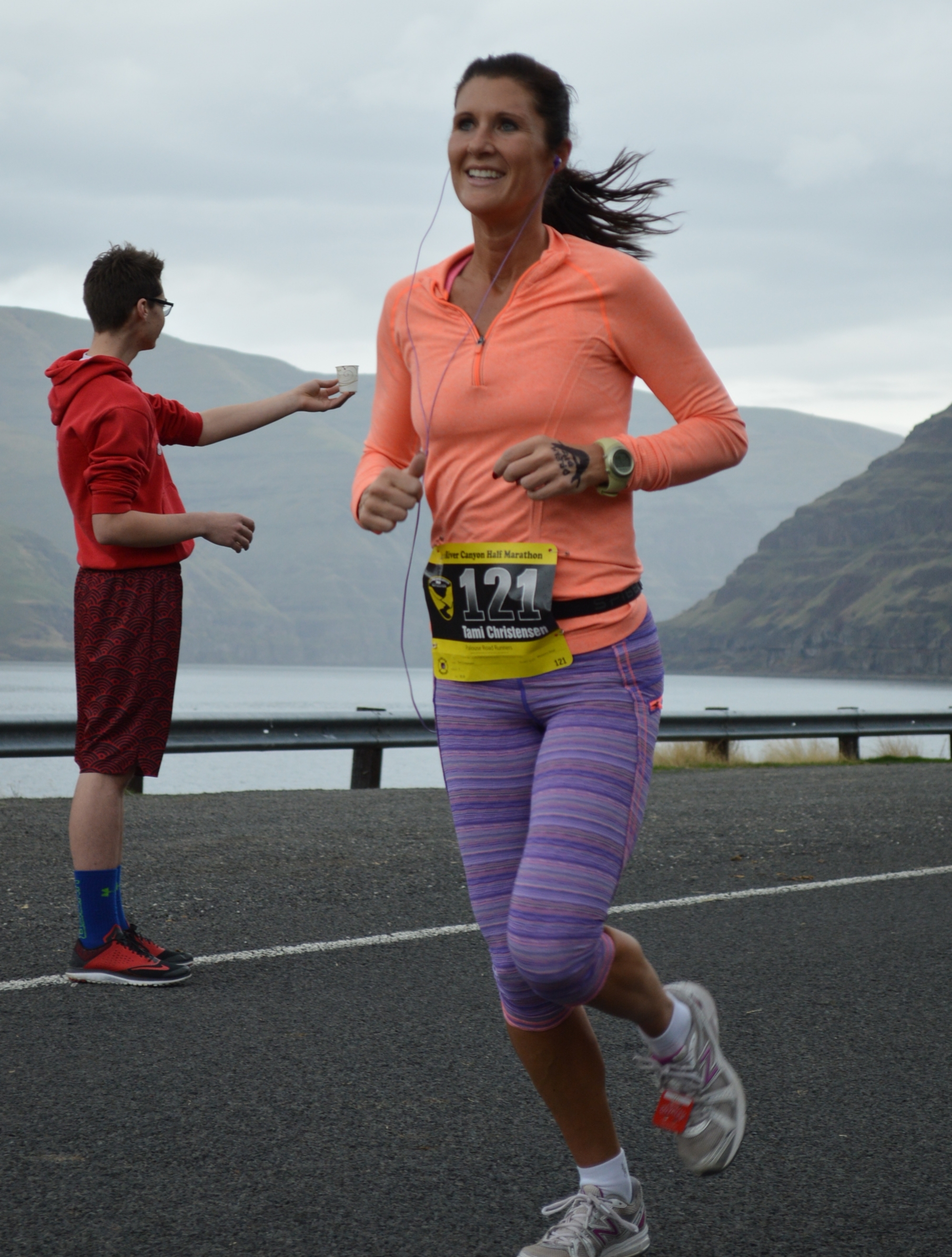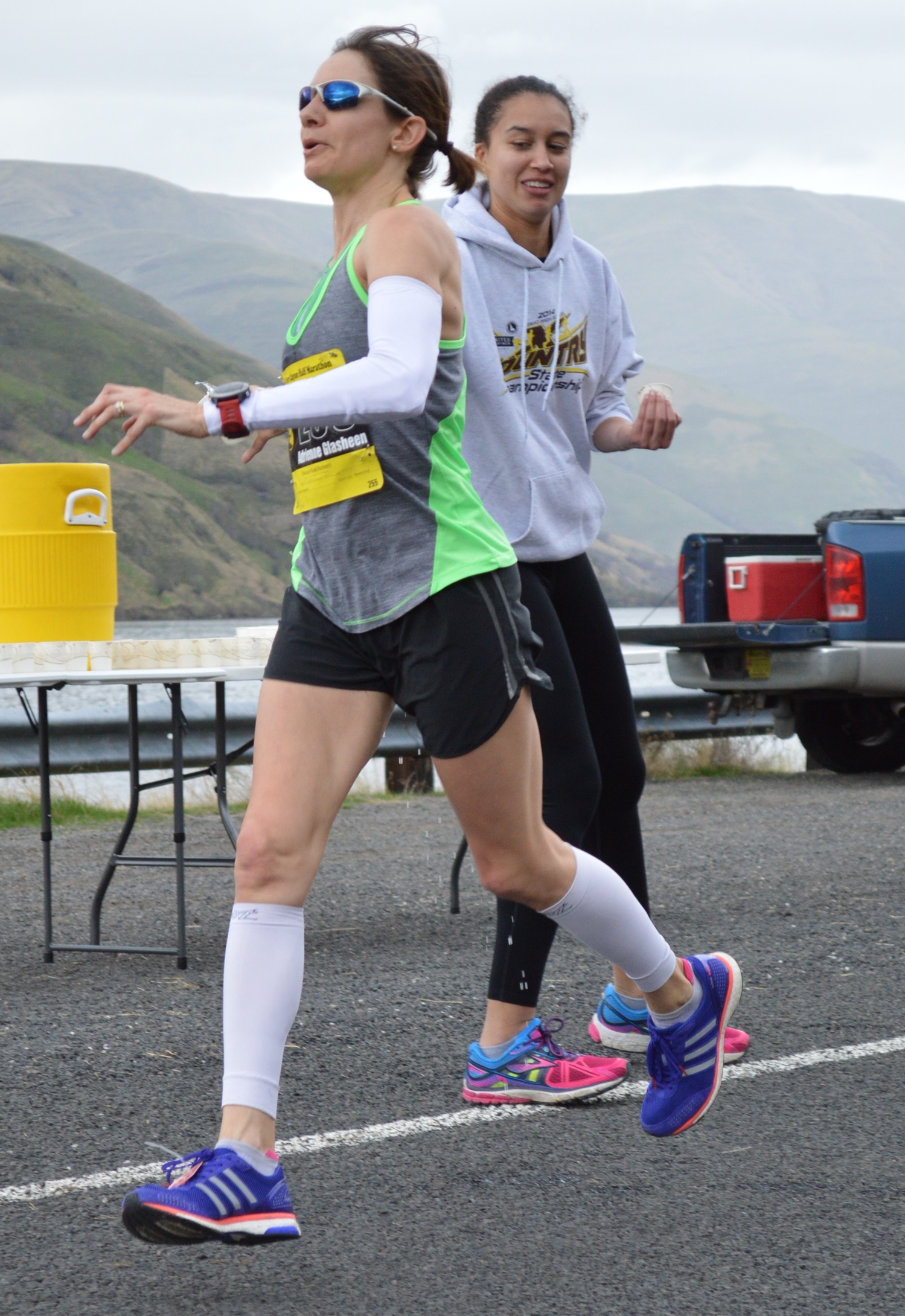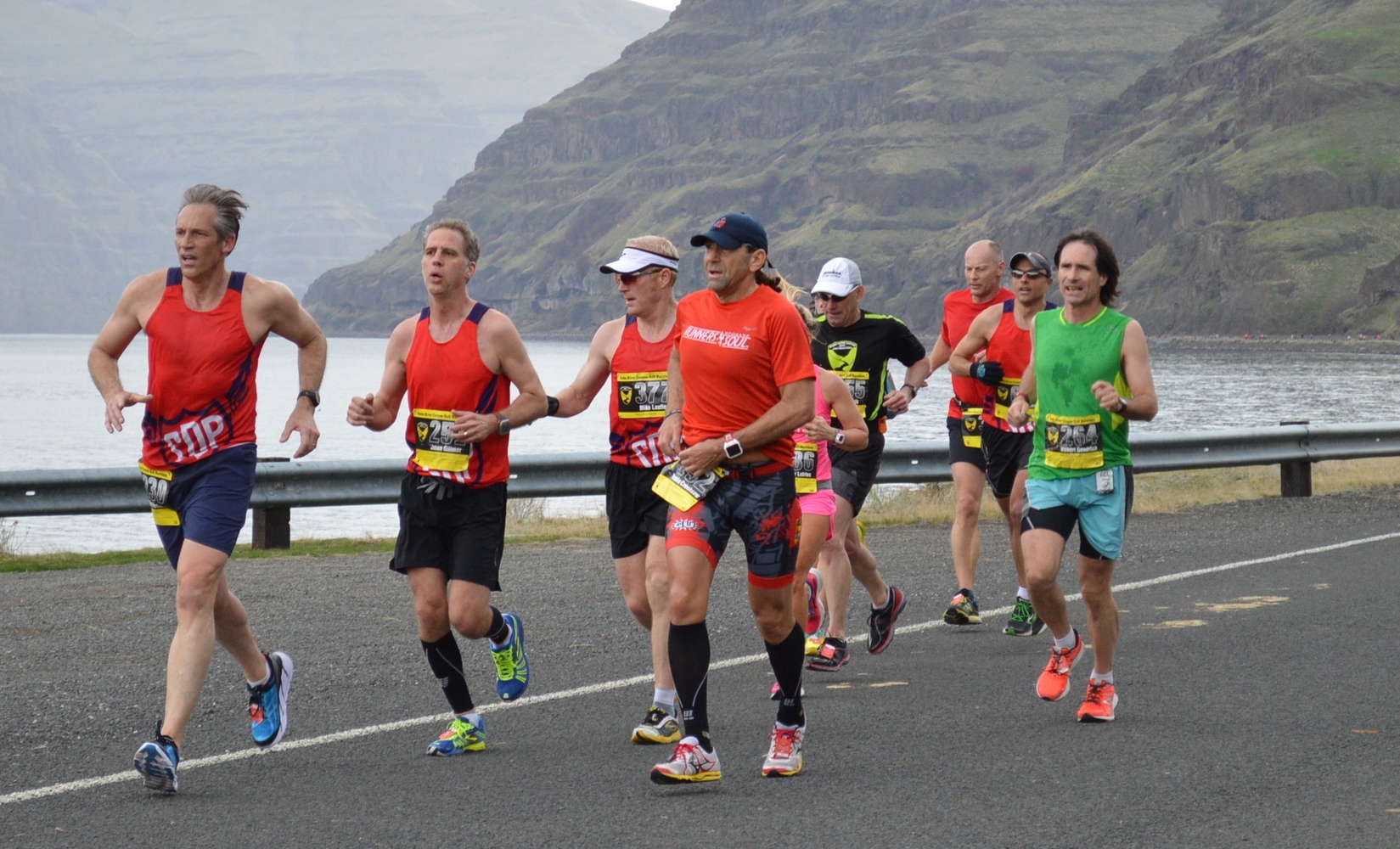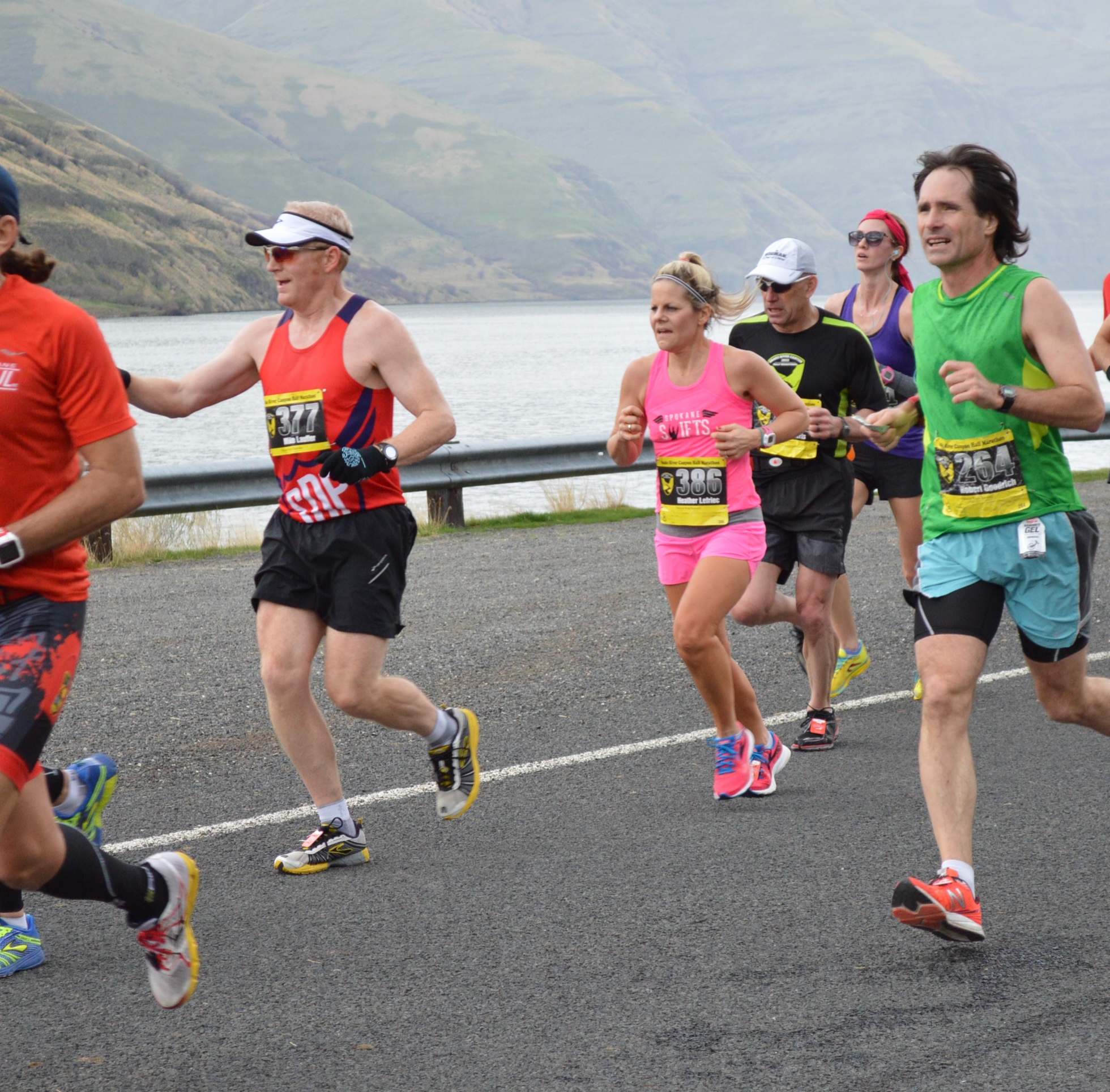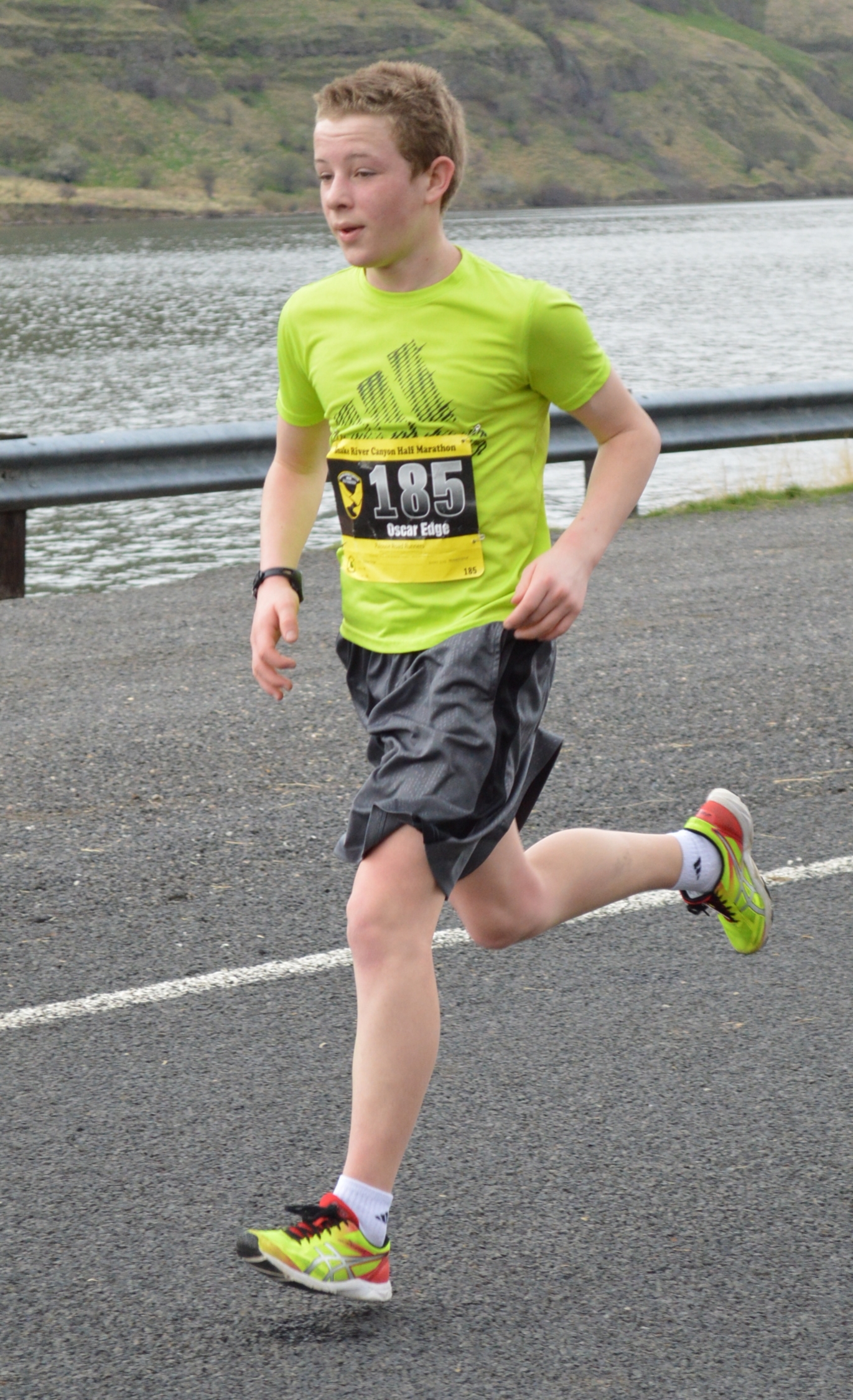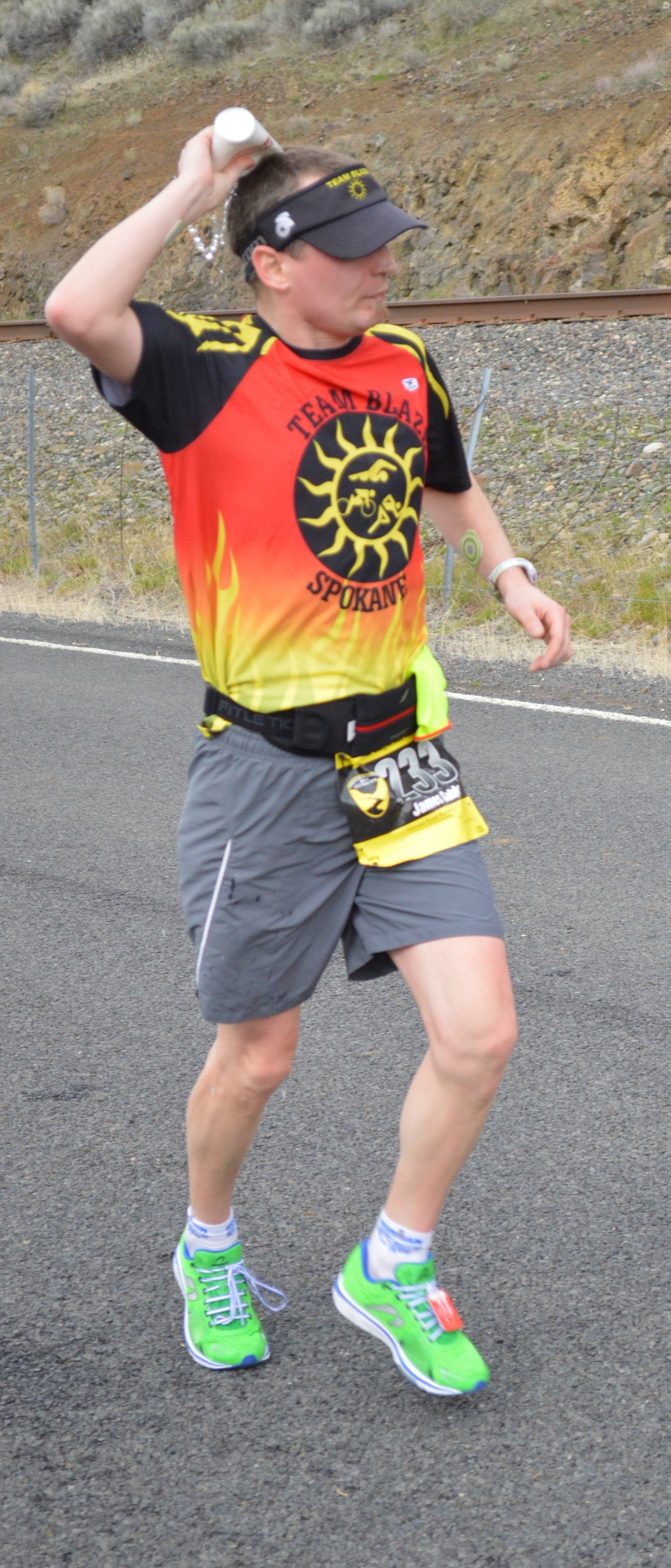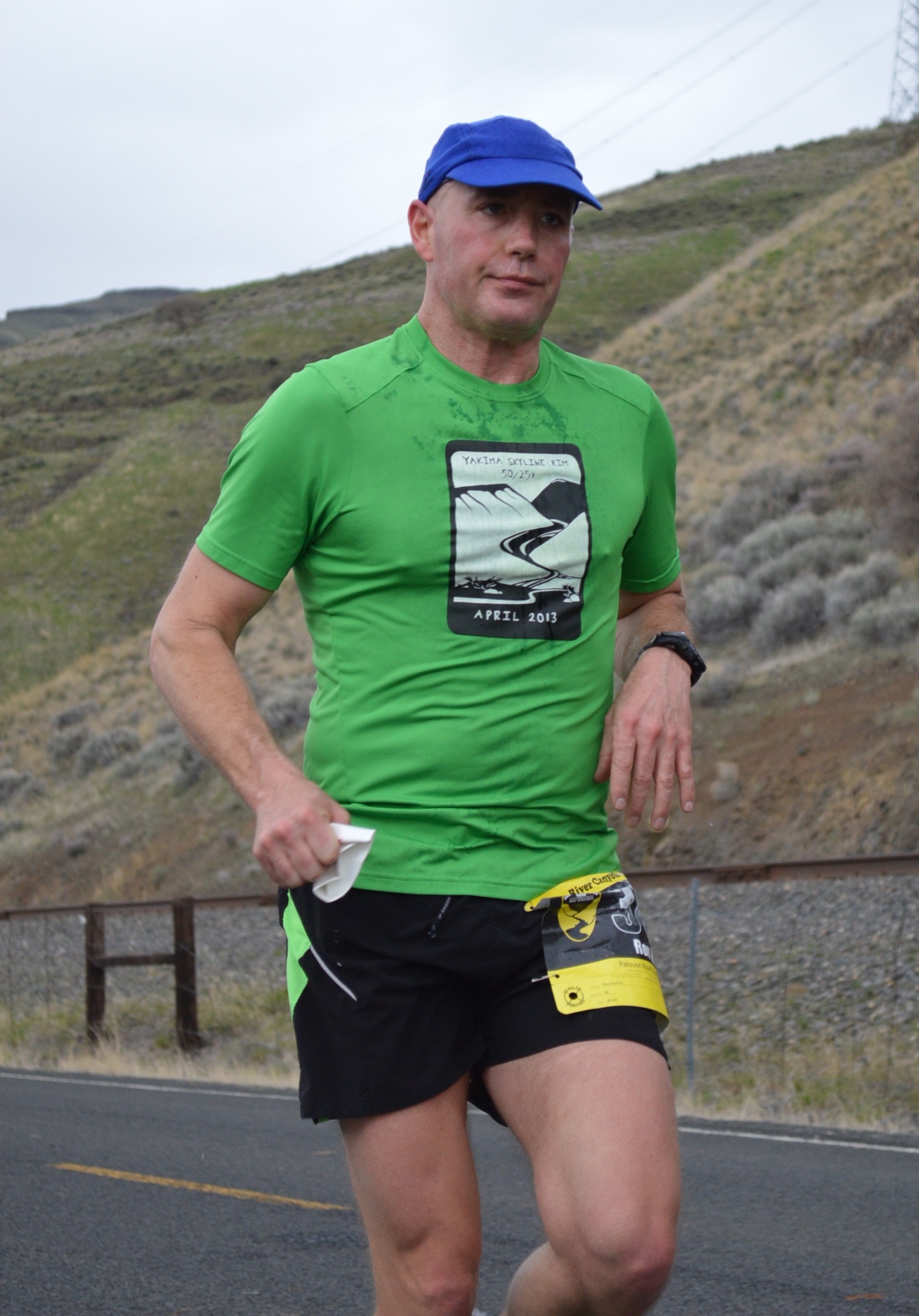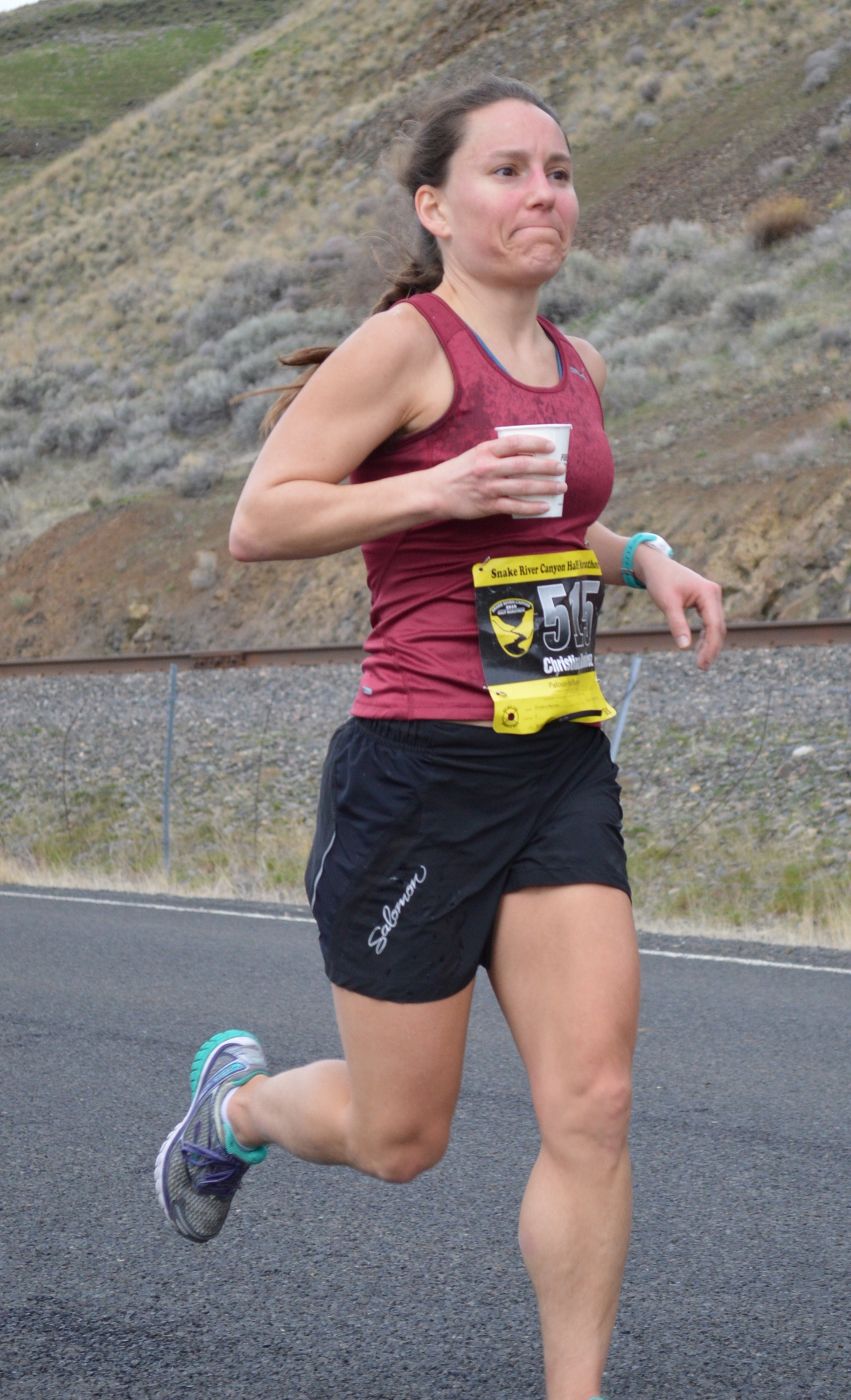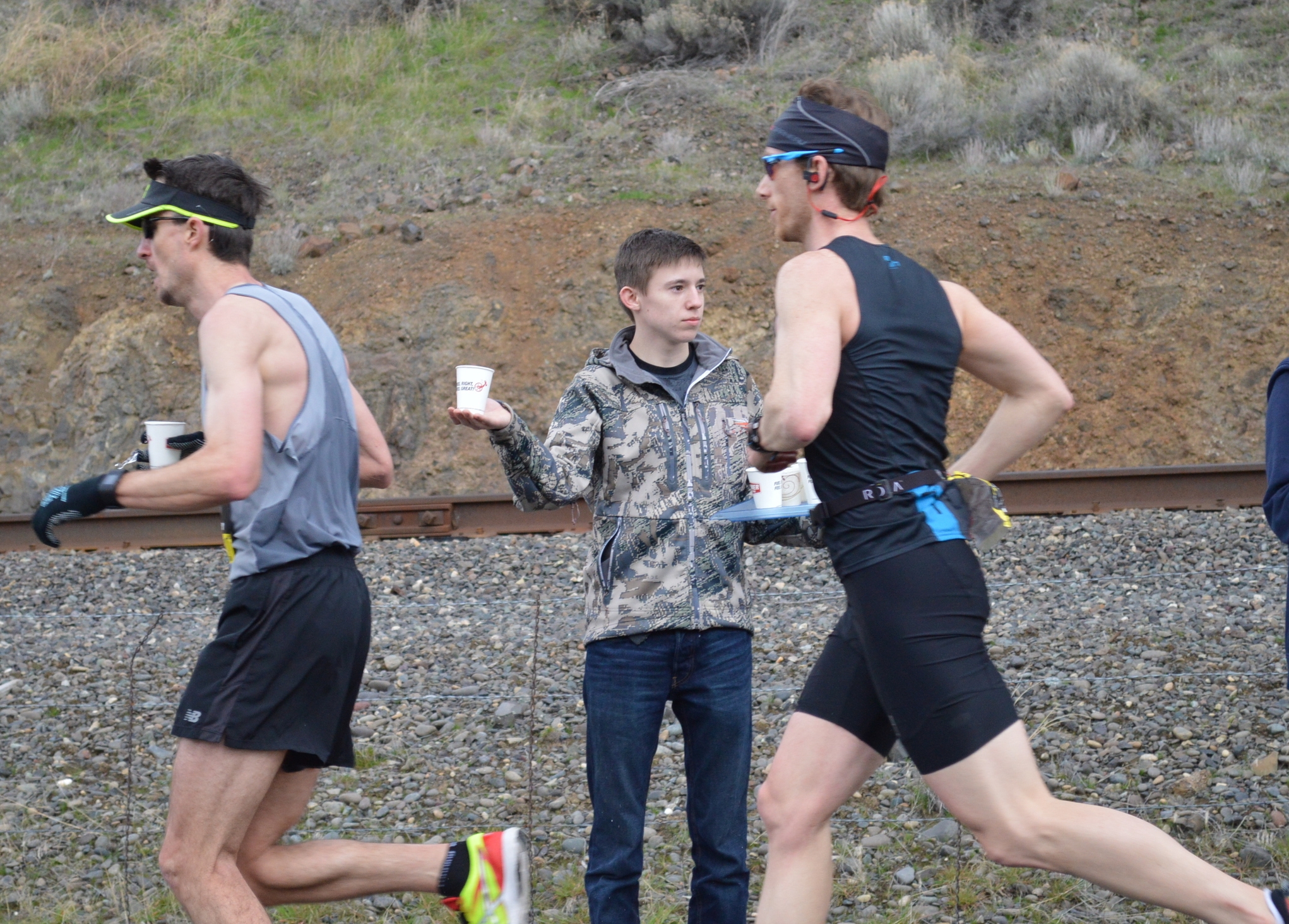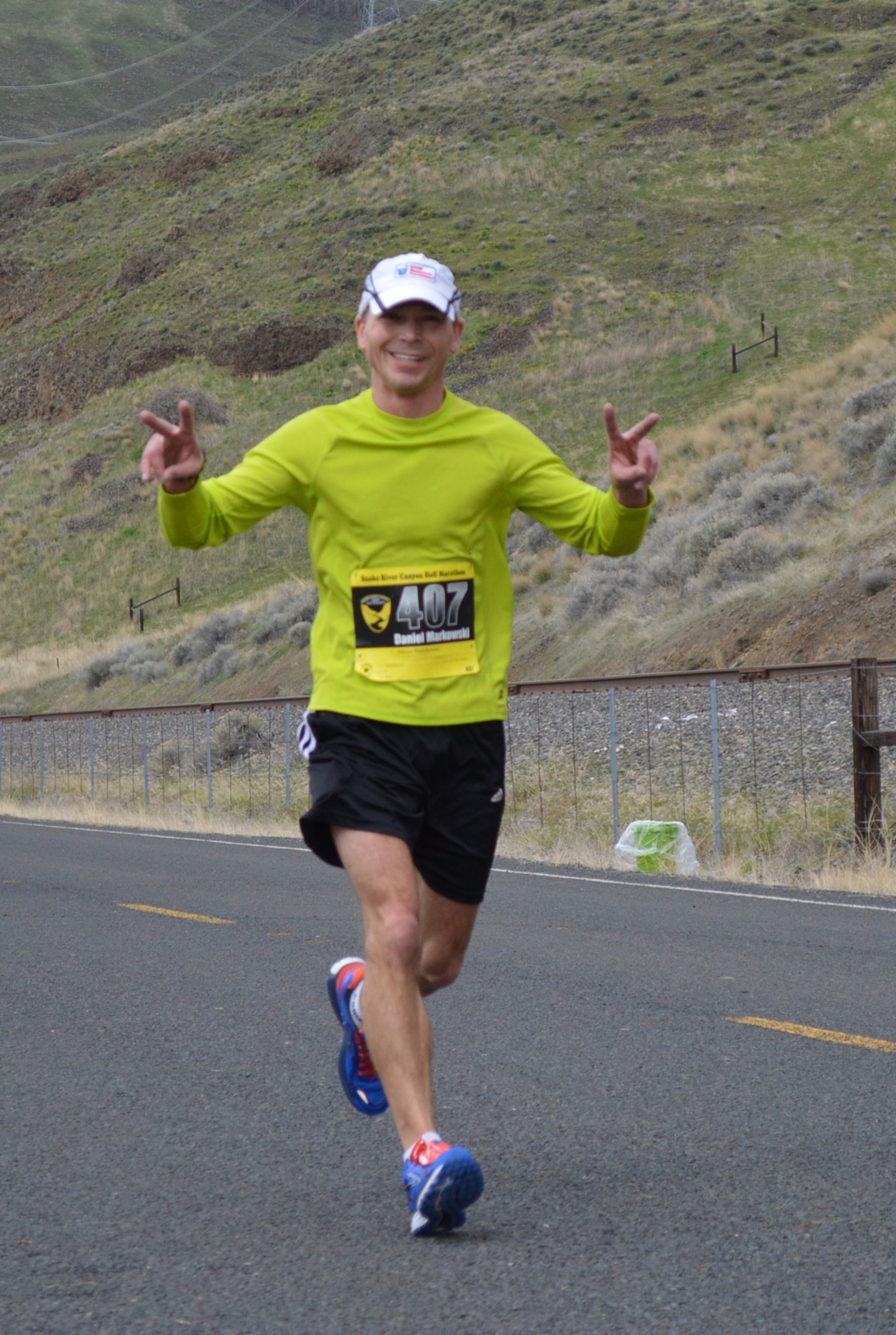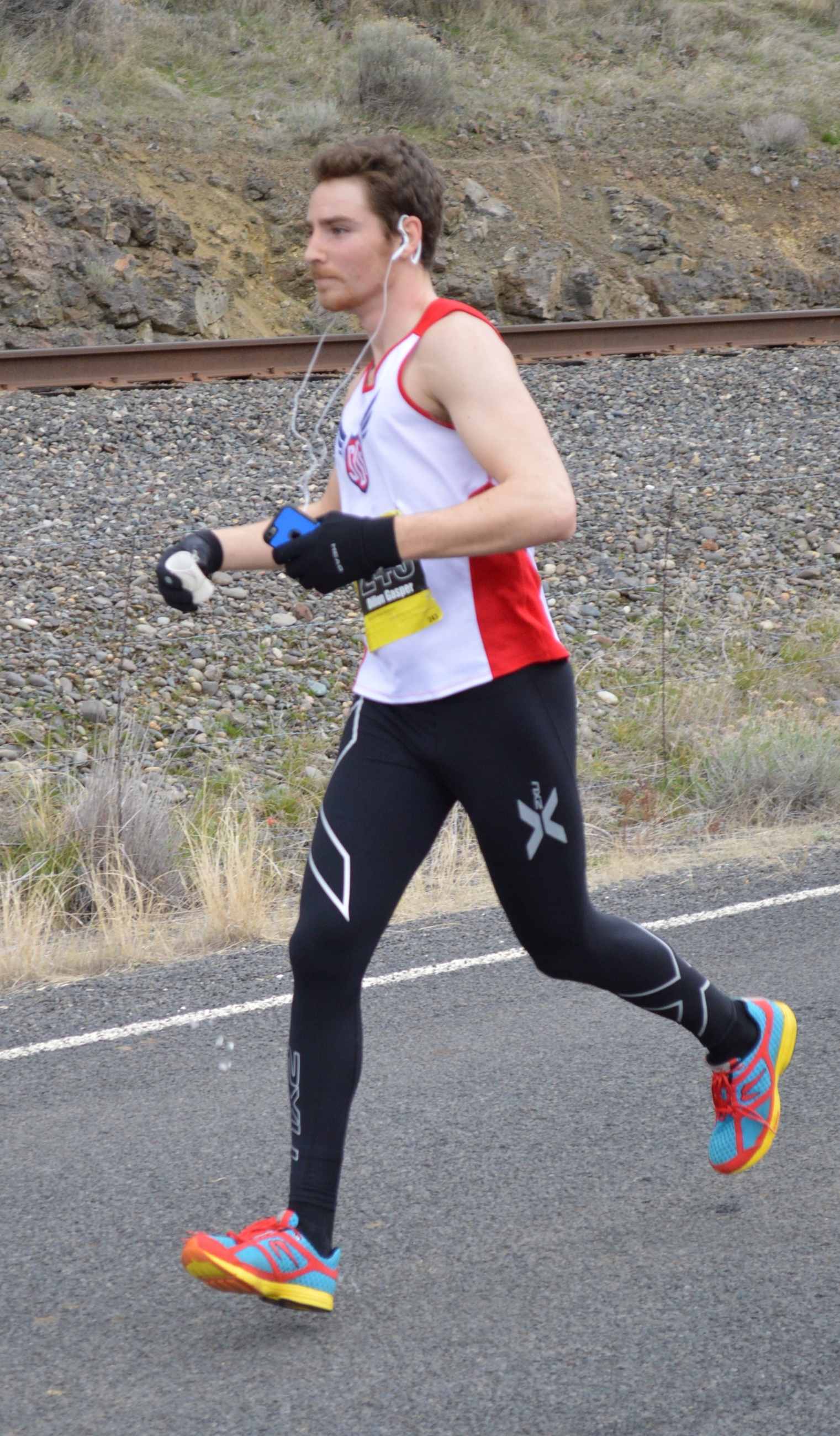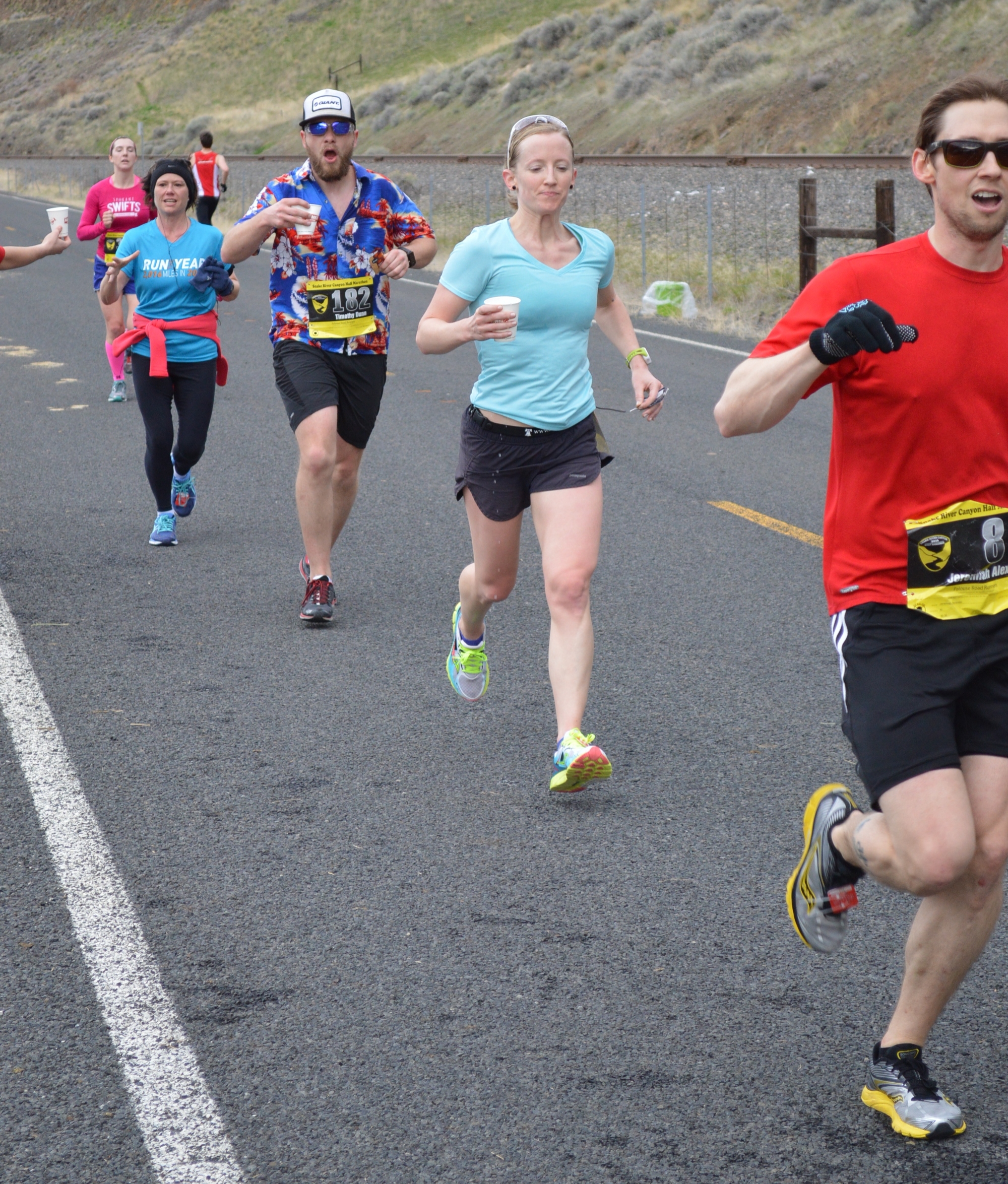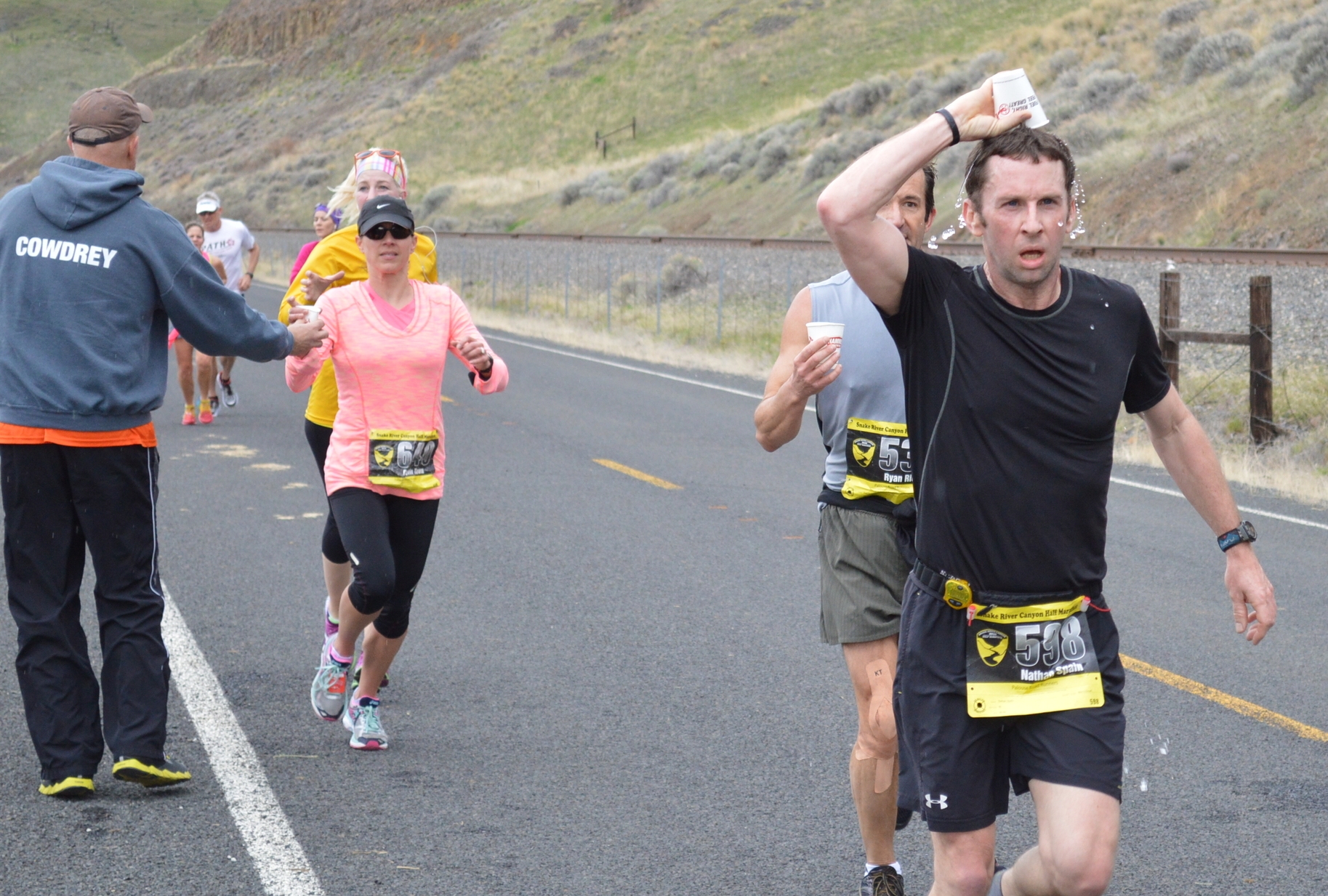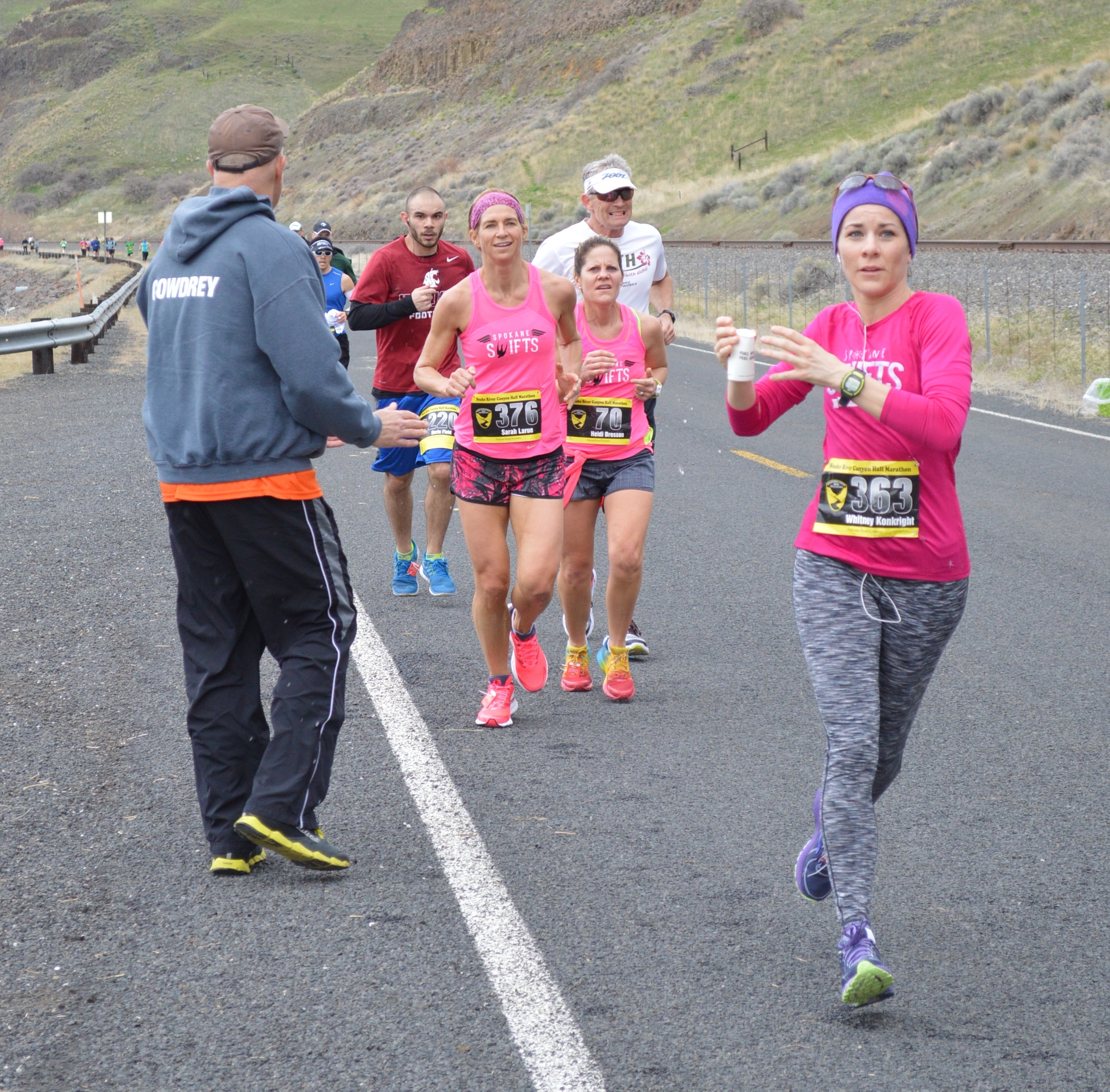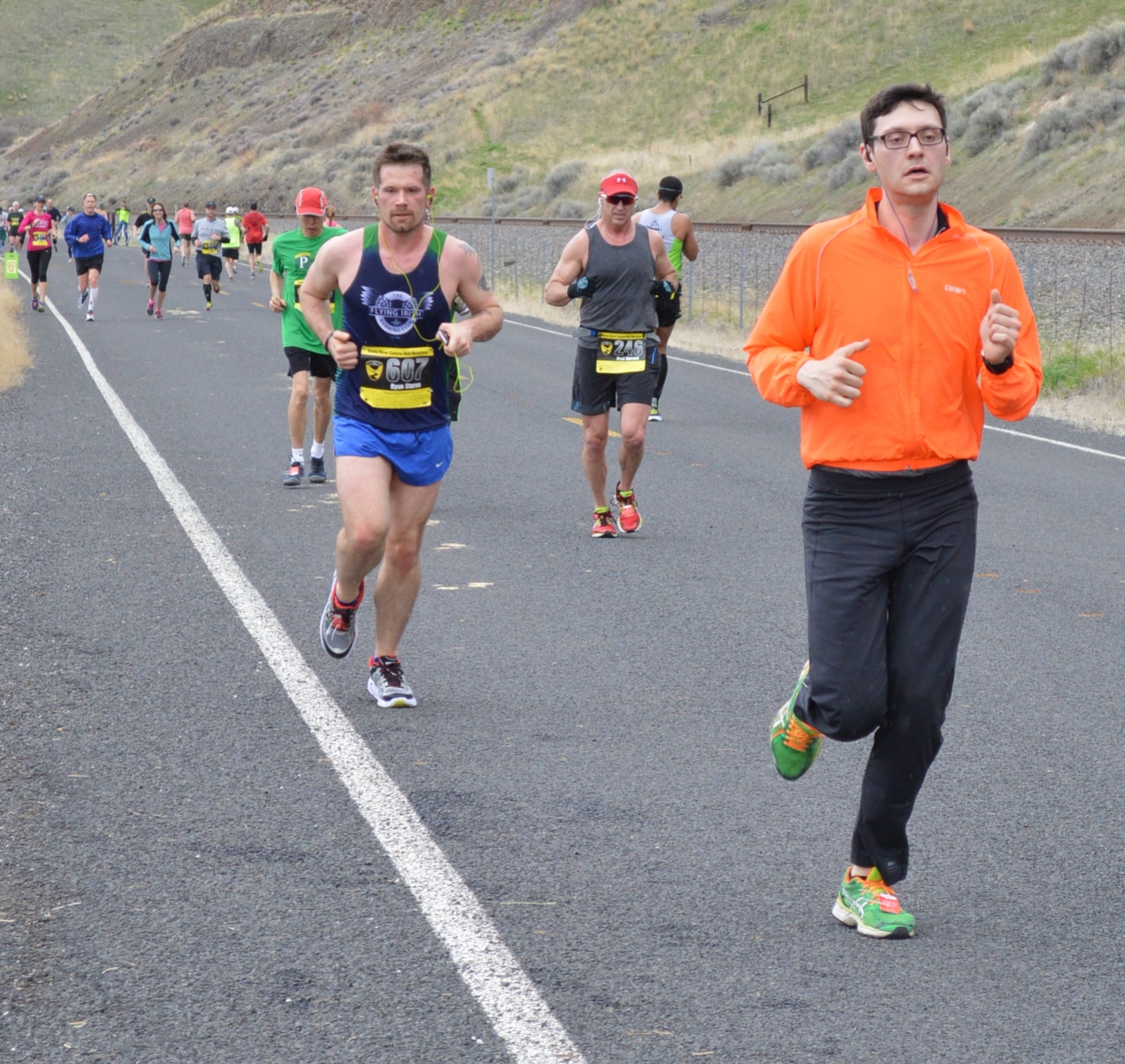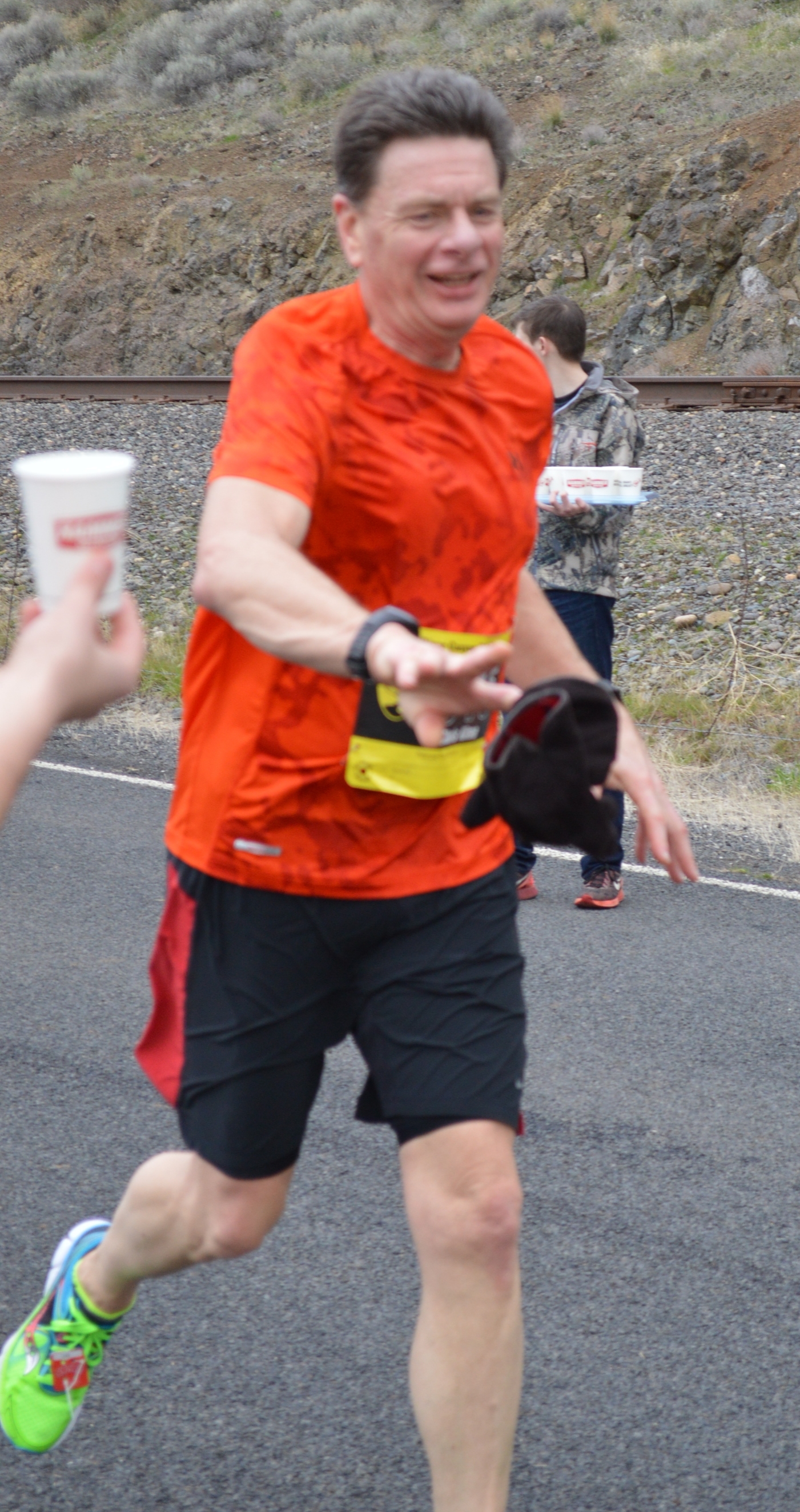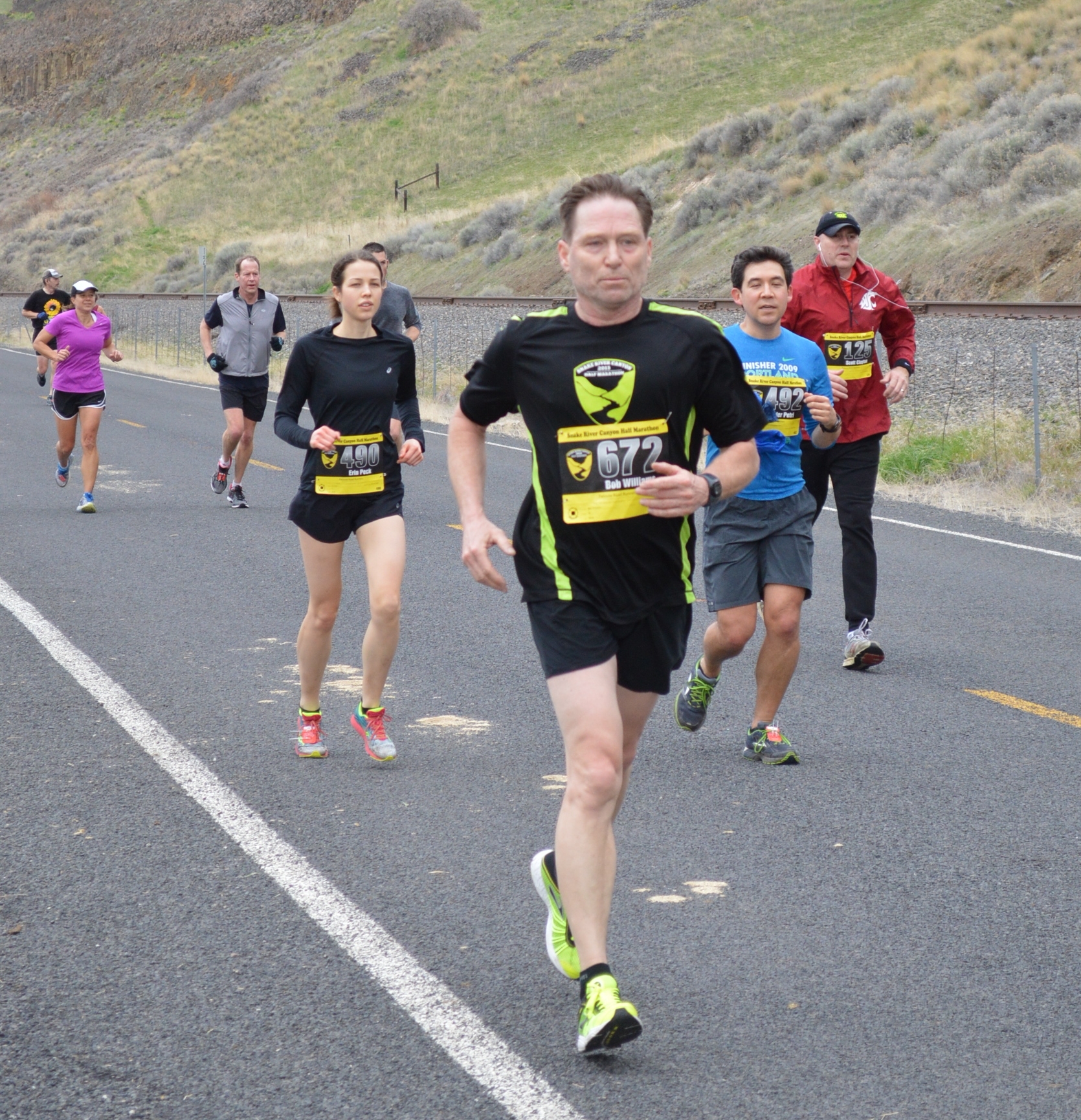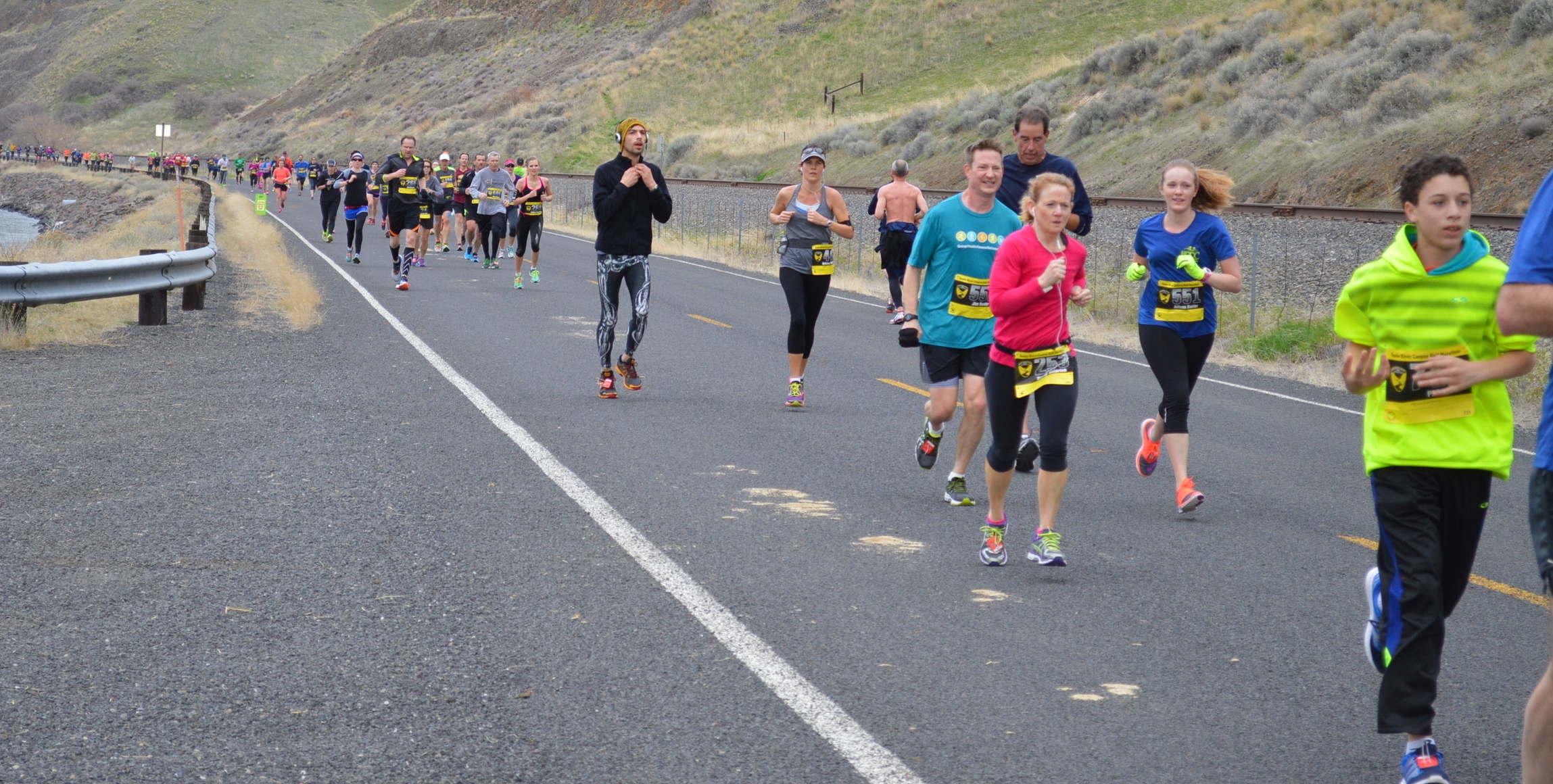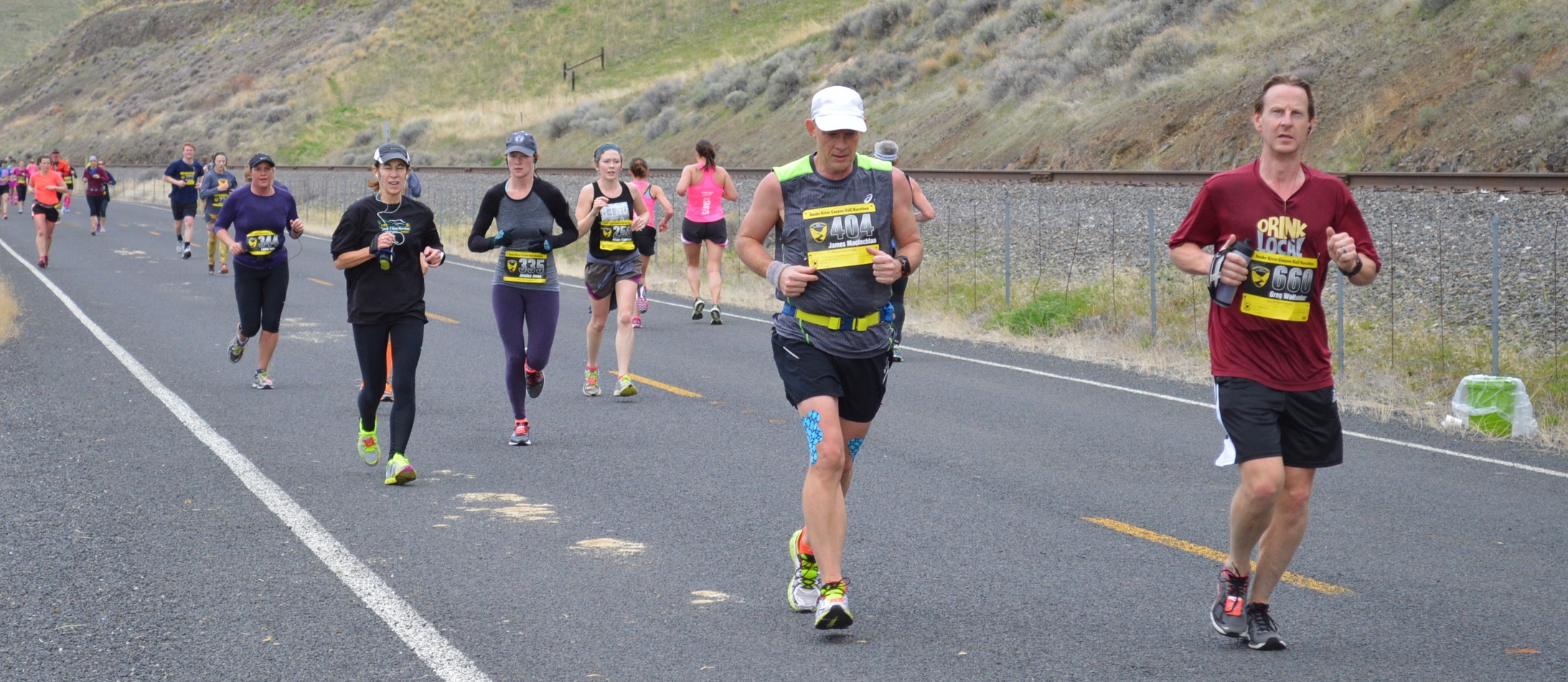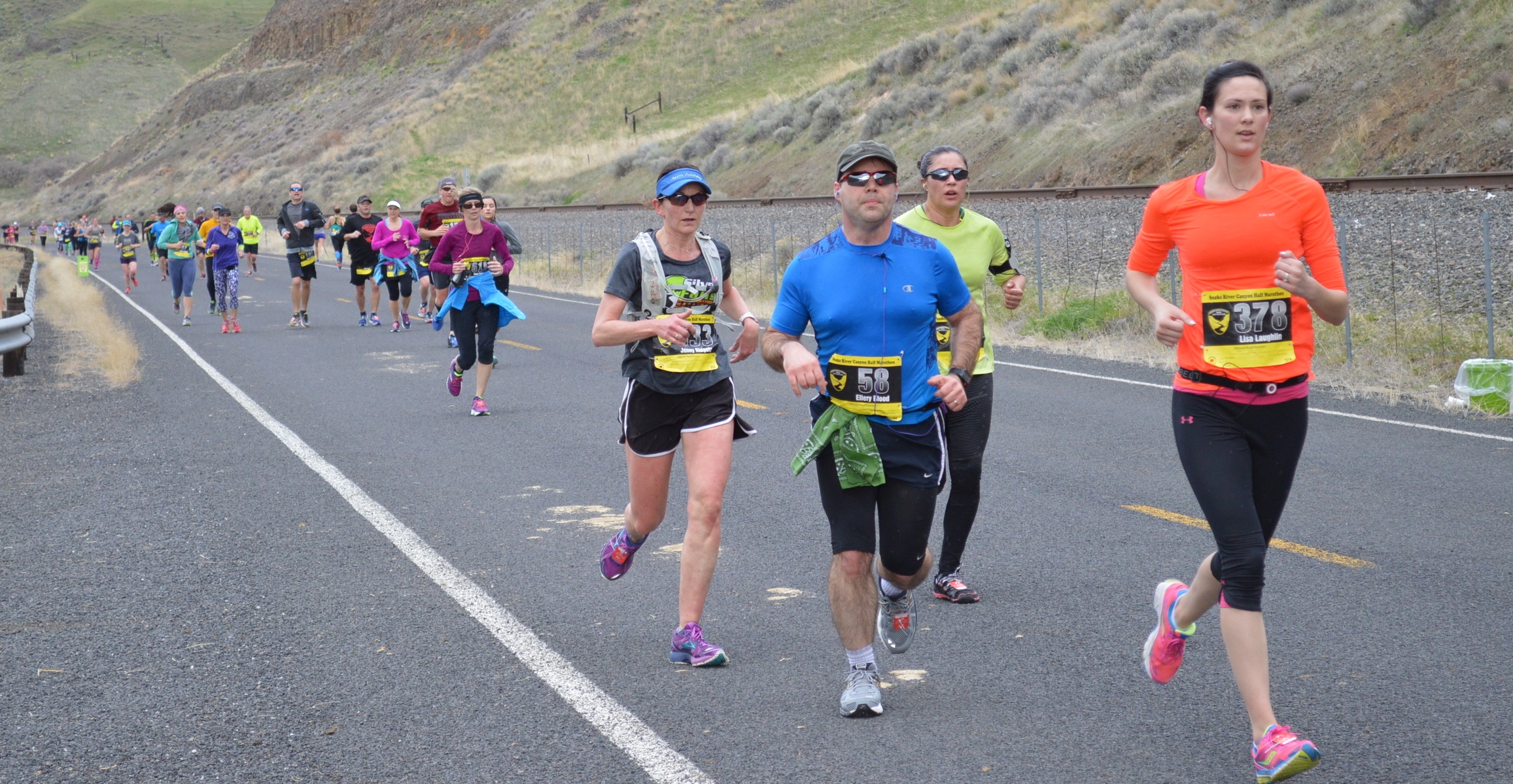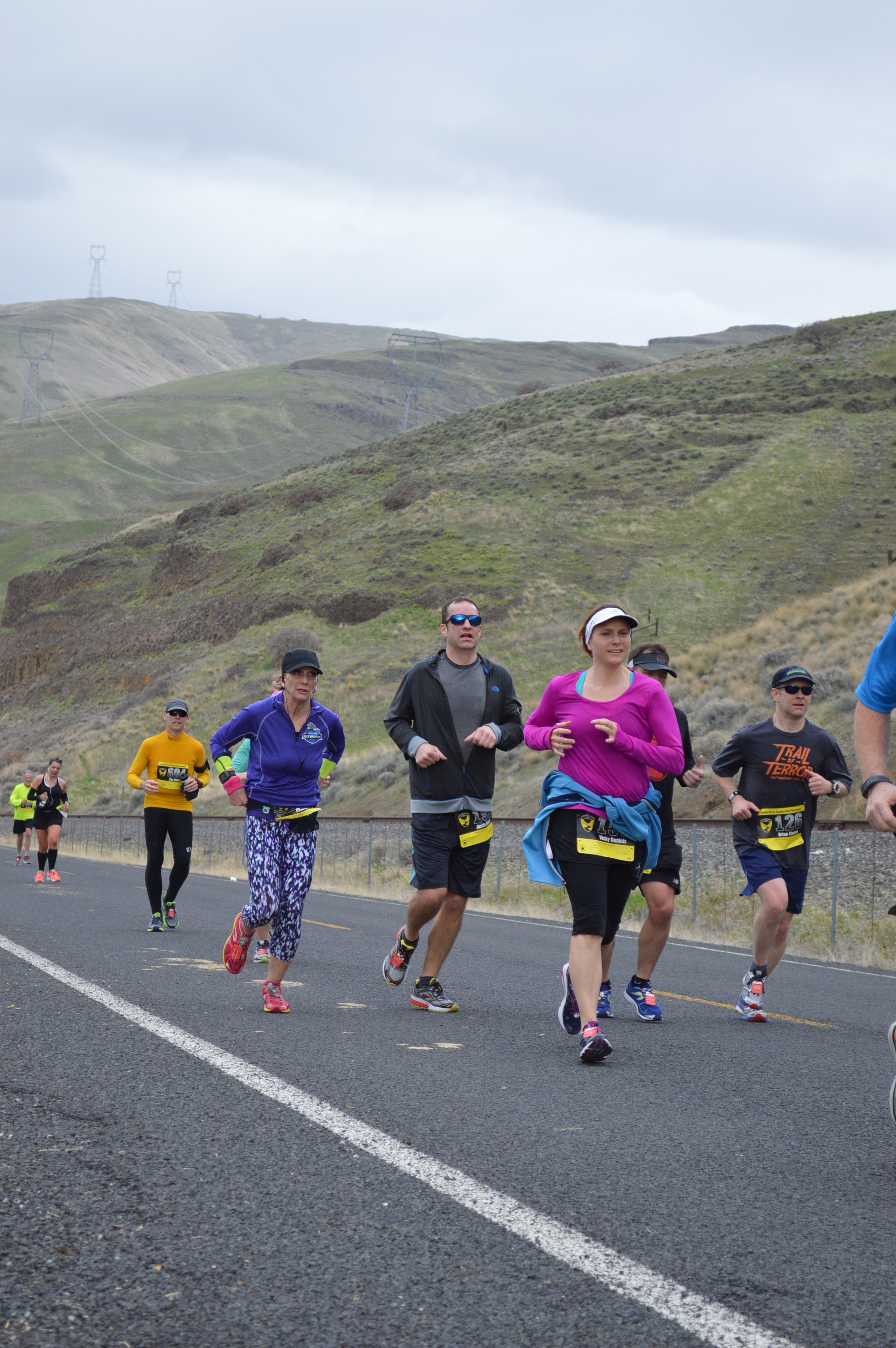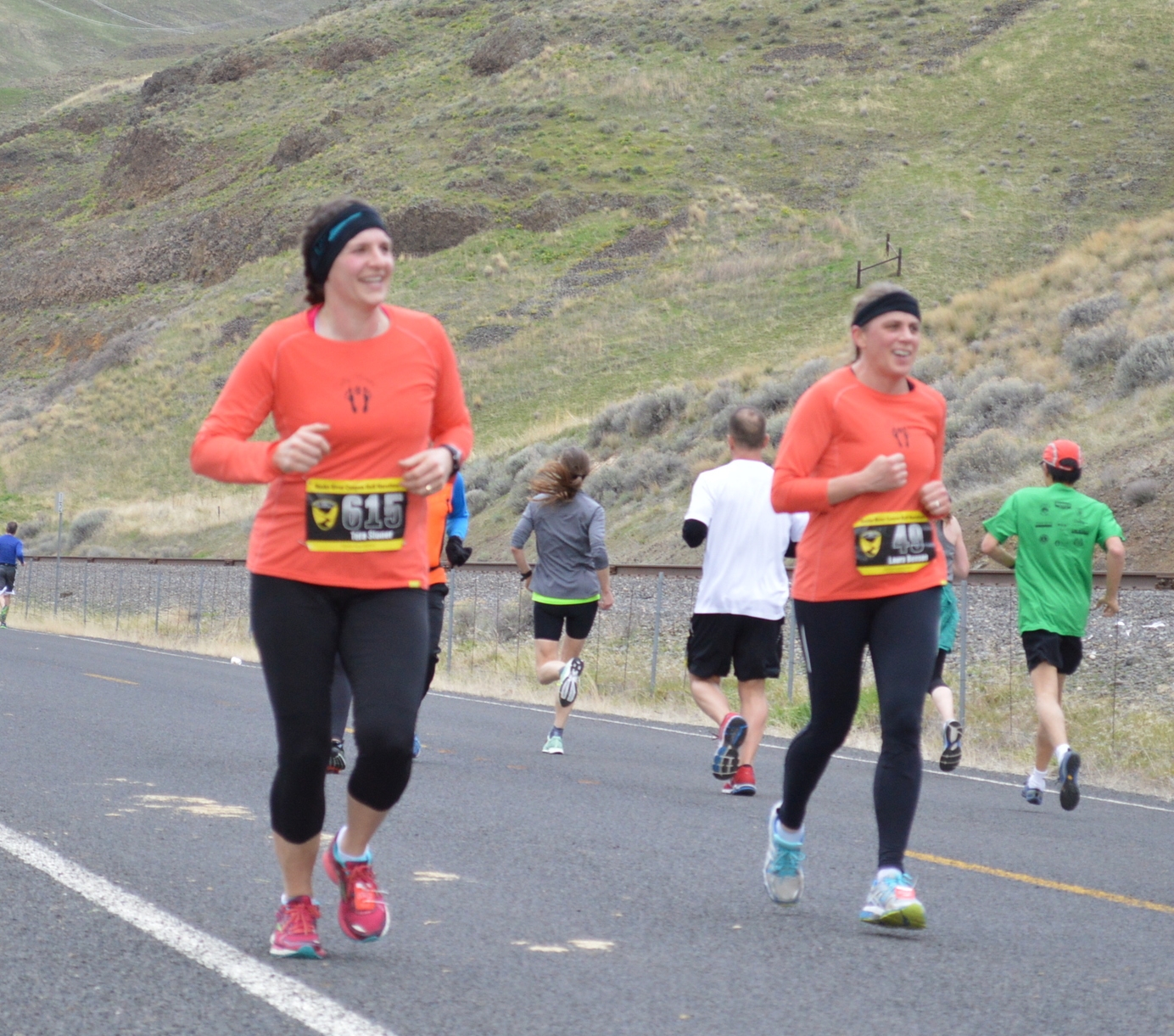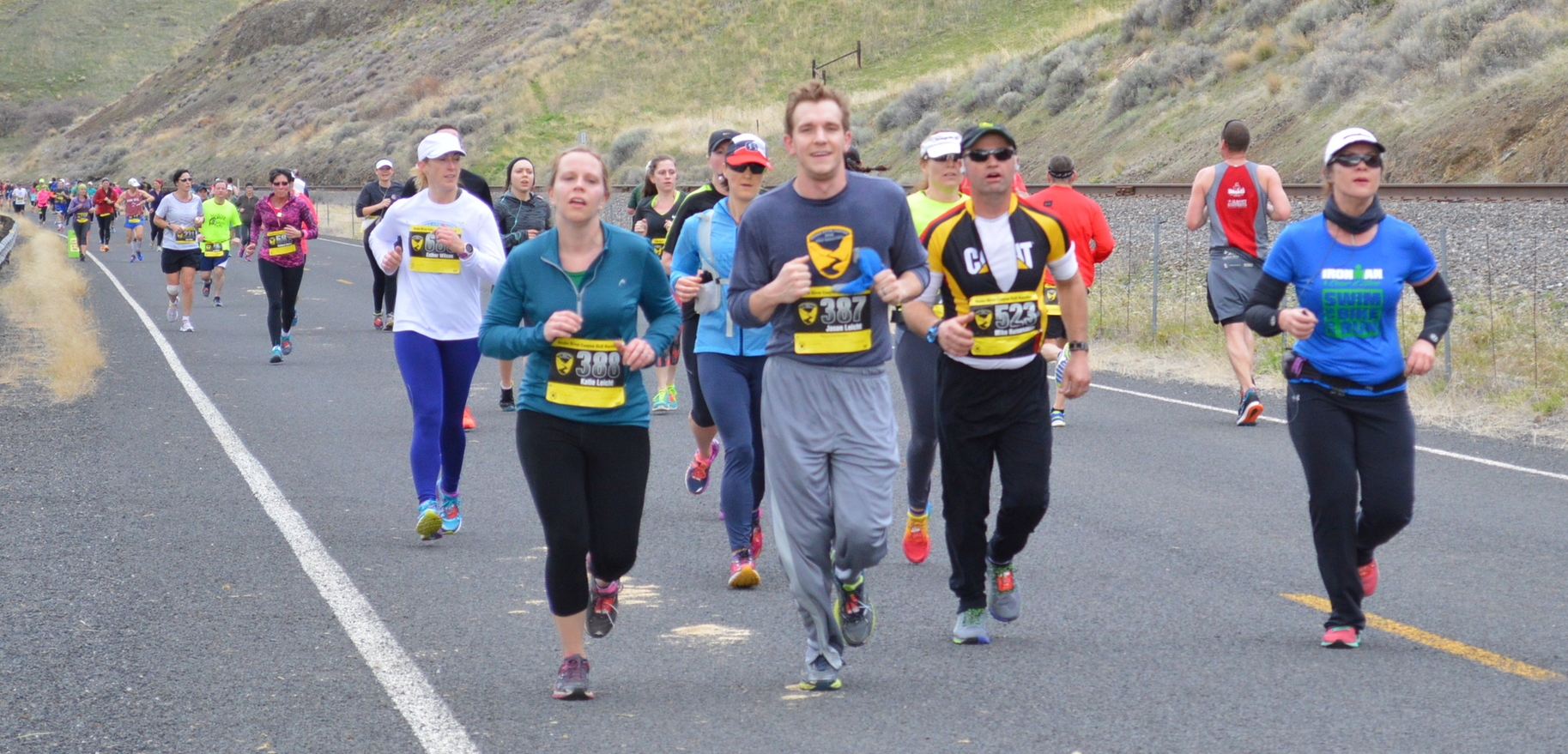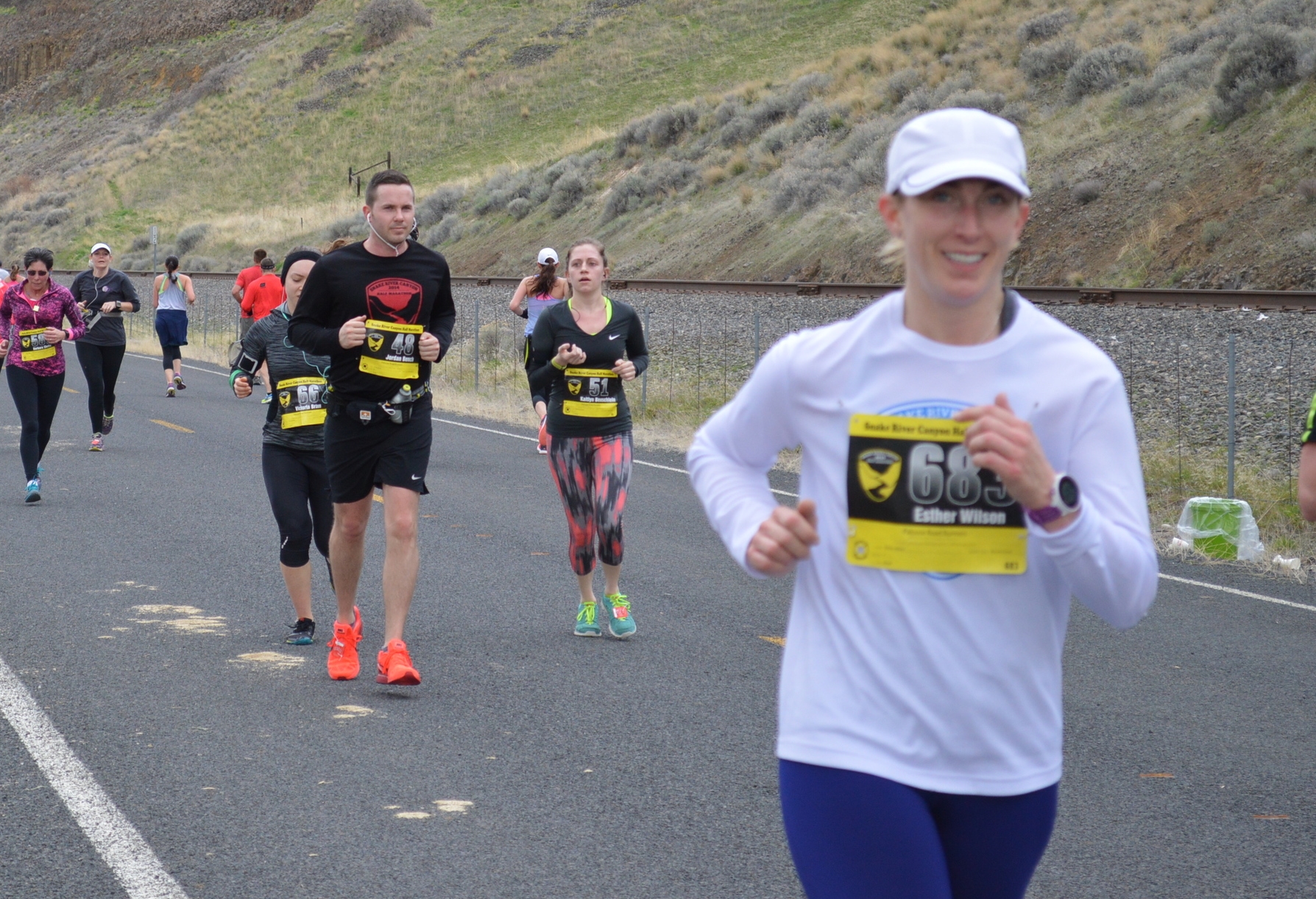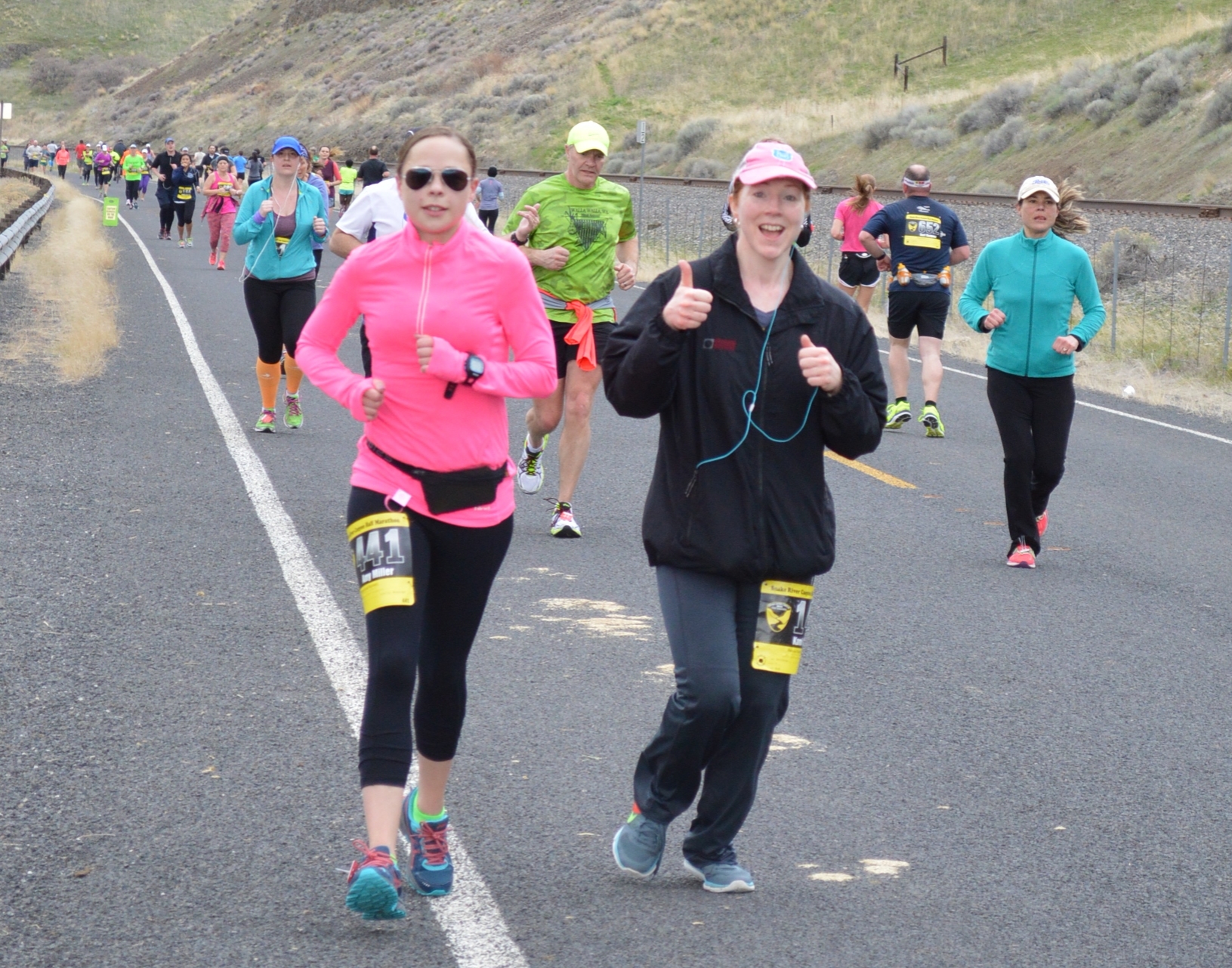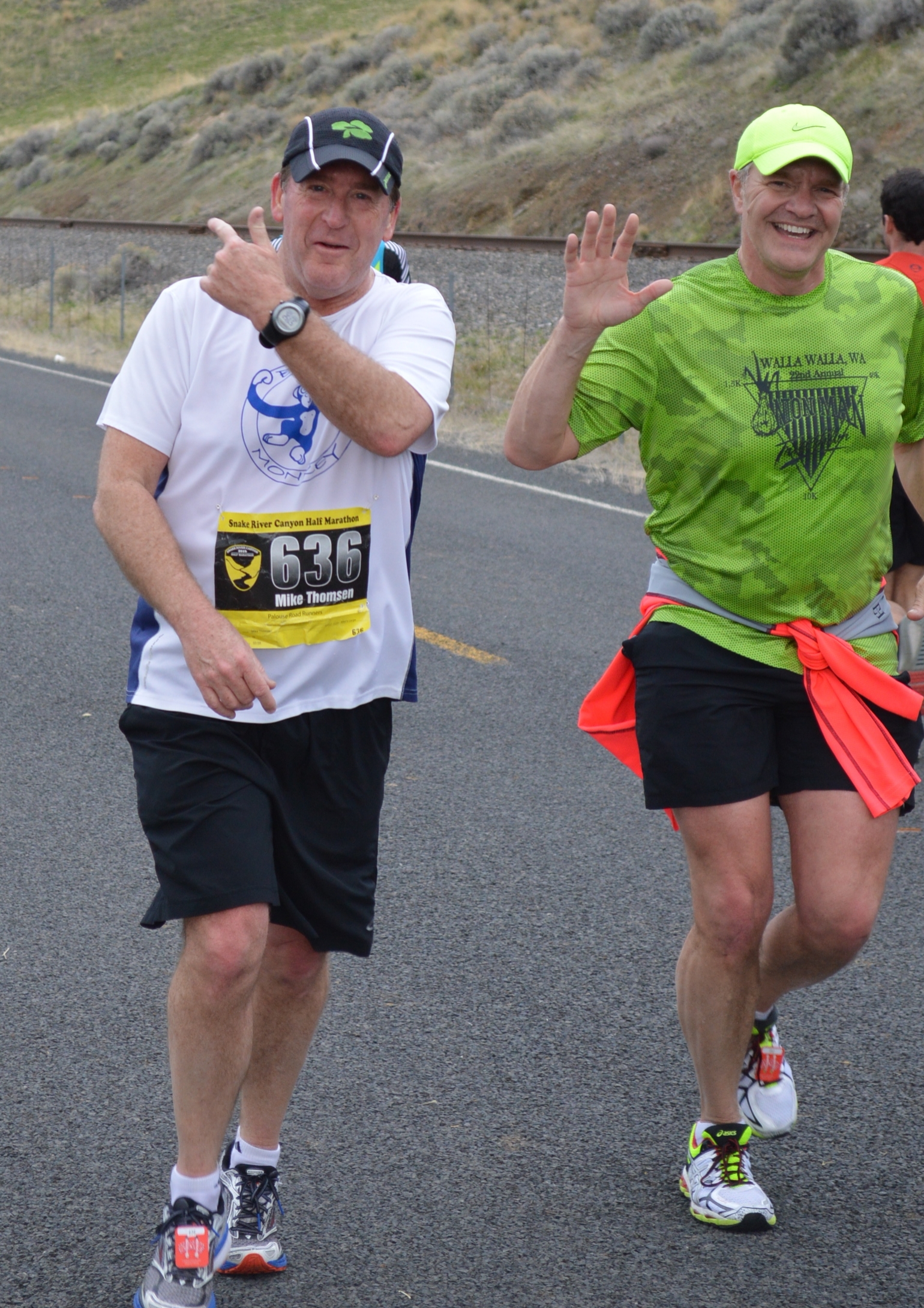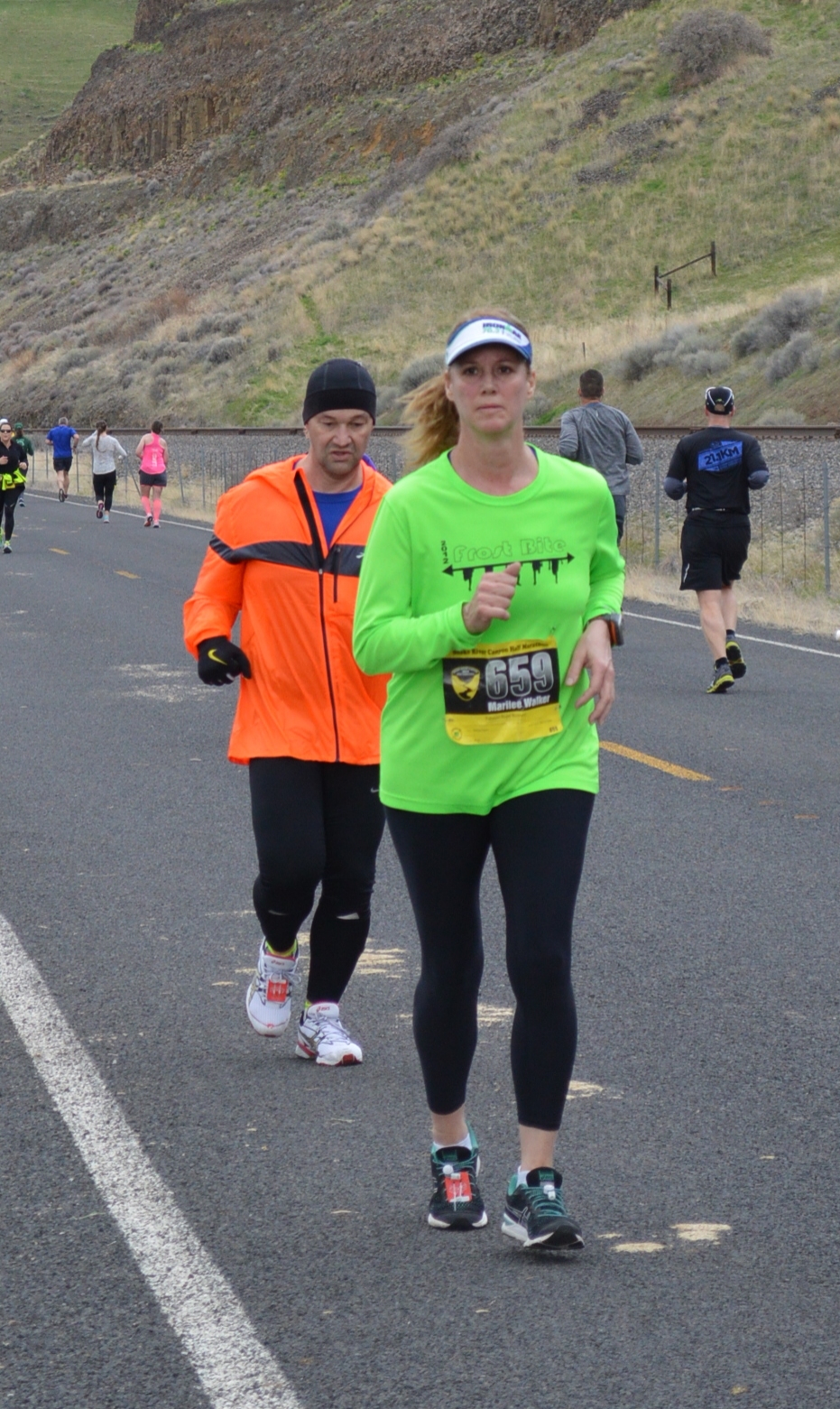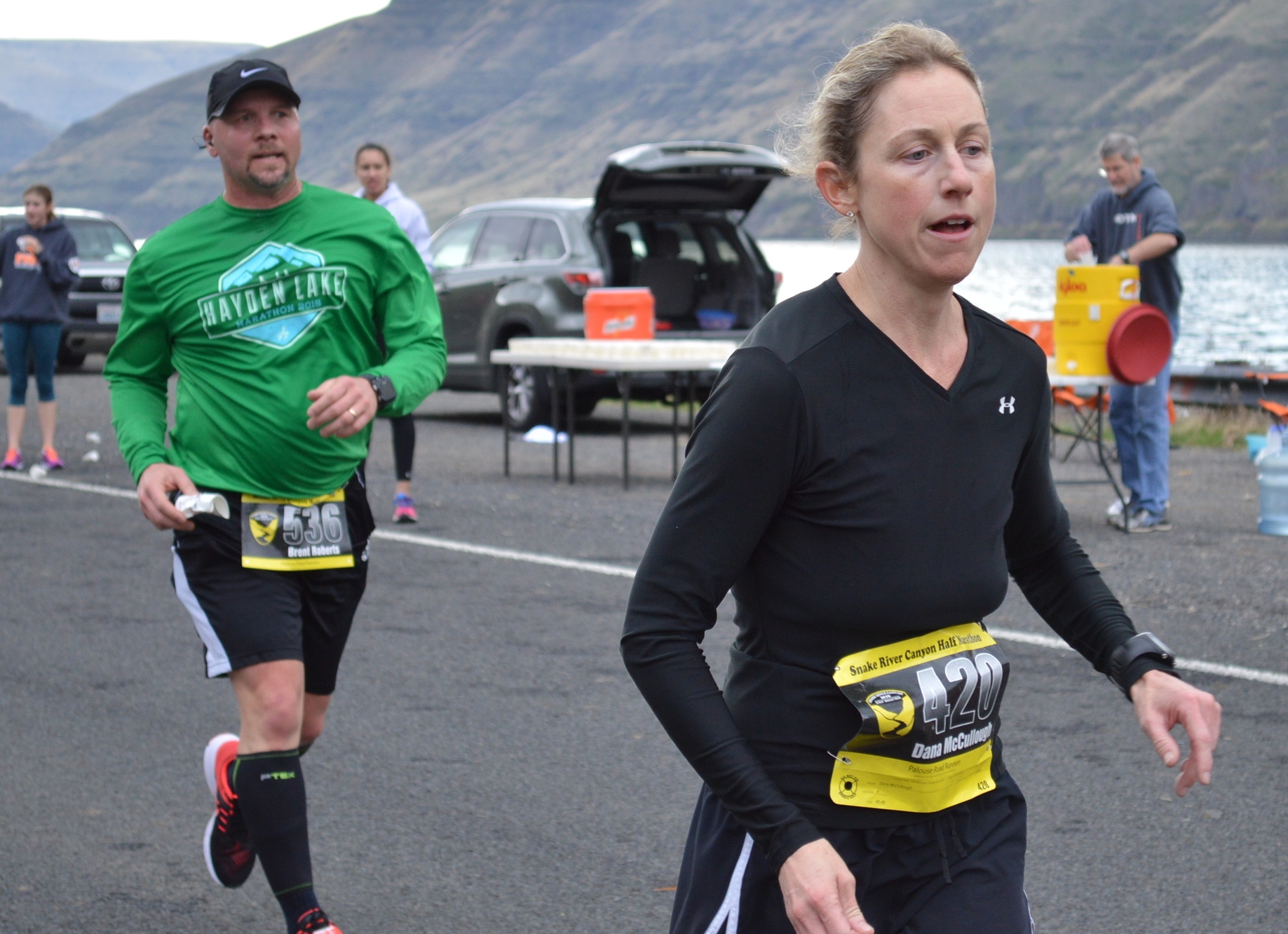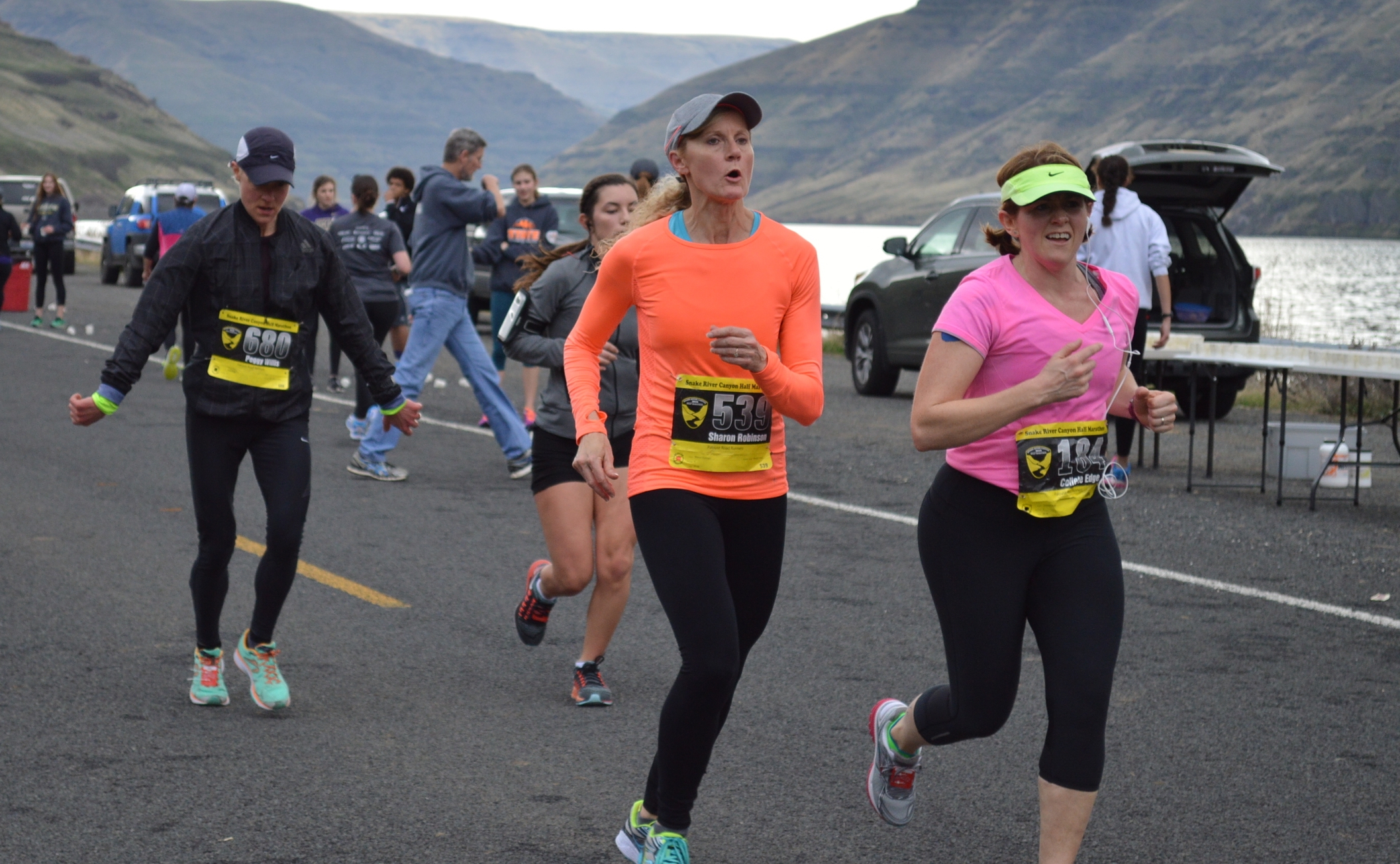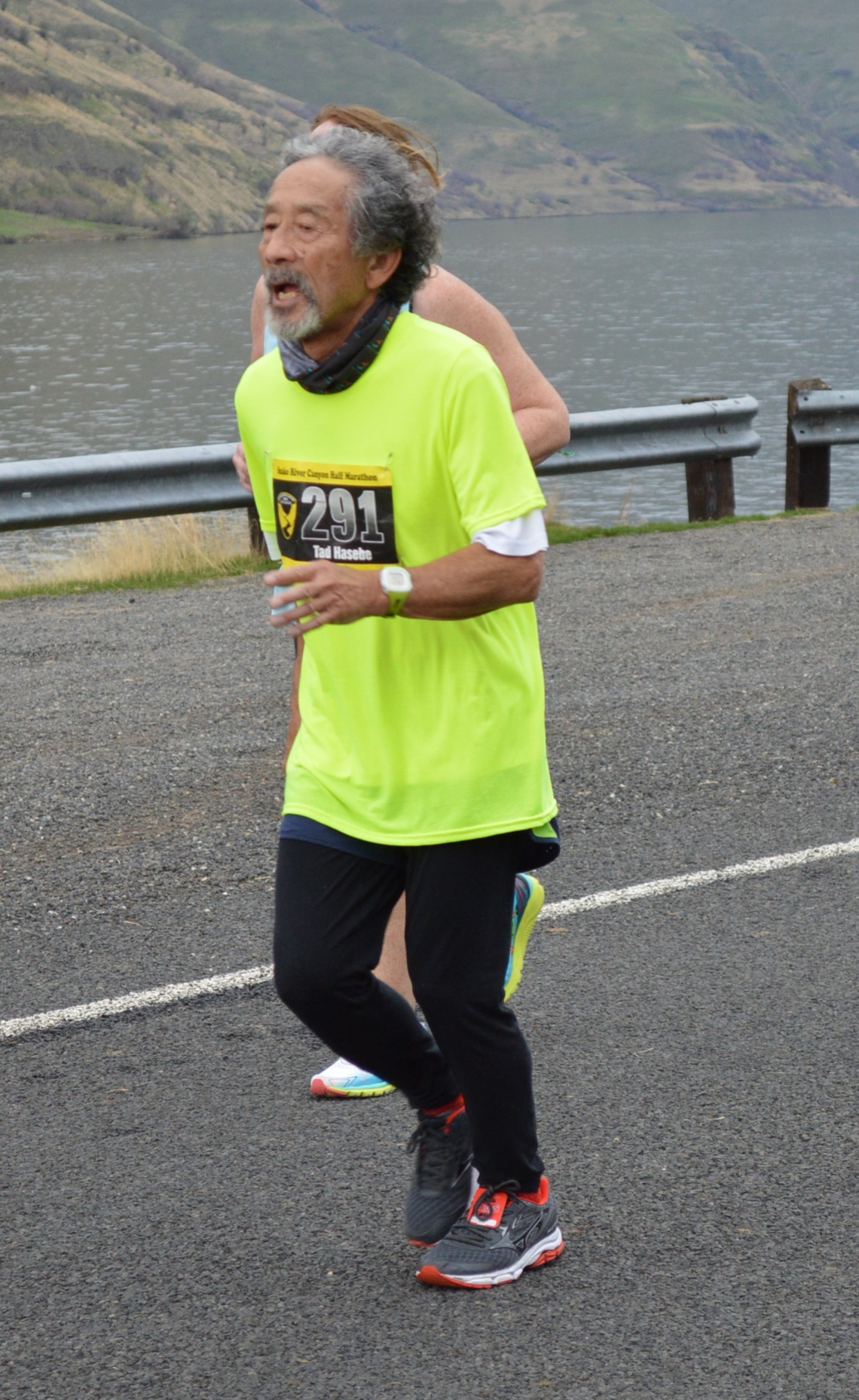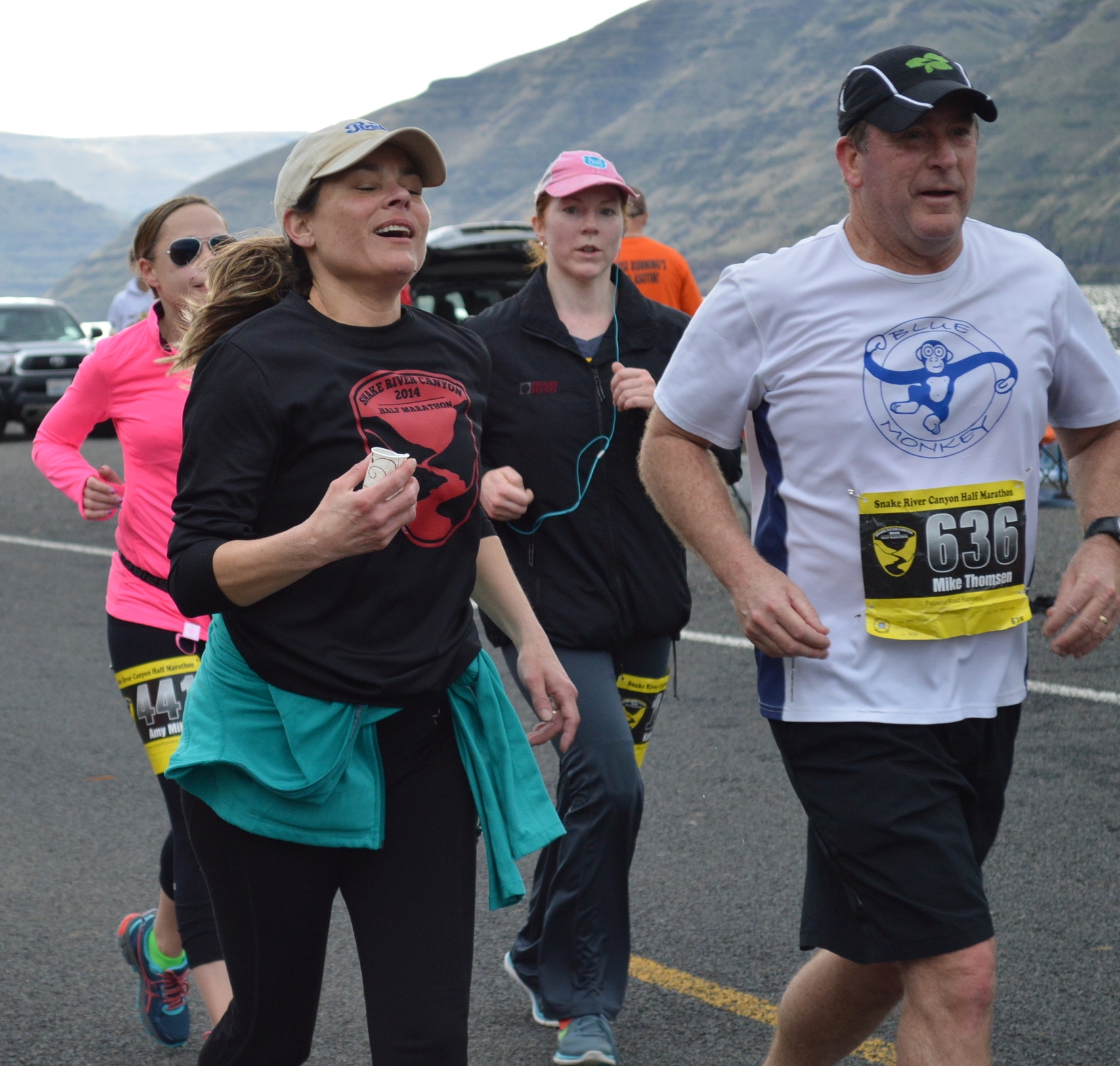The Wall Street Journal, in a fit of hyperbolic excess, has decreed the running boom dead—and painted millennials as the killers.
One tiny problem. It’s not dead.
Let’s deconstruct the WSJ and see where they go wrong.
“After two decades of furious growth in footrace participants, the number of finishers dropped 9% in 2015, according to industry-funded research group Running USA.”
The first bit of evidence that Rachel Bachman, the author of the article, offers immediately seeks to conflate running with racing. I don’t doubt that the total number of finishers dropped substantially. Have you checked out the entry fees lately? You would think that the basic law of economics would be applied to everything produced at the WSJ, but they apparently did not bother to do so in the case of race entry fees.
As the fees become increasingly expensive, the participation rate is going to drop. When I signed up for my first marathon, the fee was about $50. That same marathon now charges $145 for the same race, an almost three-fold increase in a seventeen year period. The 5K, held on the same day, is $45, nearly as much as my first marathon. No wonder finishers are down. They aren’t entering in the first place because the races are much too expensive.
Bachman addresses the racing versus running argument in her next paragraph:
“A sport traditionally dominated by young adults, running is losing its hold on 18- to 34-year-olds. Millennials, in their late teens to mid-30s, recently passed baby boomers as the nation’s largest living generation. In footraces and other running events, however, their presence is shrinking, to 33% of finishers in 2015 from 35% a year earlier.”
This is just laziness on Bachman’s part. The two top participation groups are 25-34 year-olds and 35-44 year-olds. The former account for 25 percent of racers. The latter is actually bigger at 26 percent. The group that lags? The 18-24 year-olds at 8 percent. Where did the push that overtook boomers come from? Yep, the newly minted adults. (Stats from RunningUSA)
The fact is that from age 18 to 34, people are at one of the most active periods of their lives. They are going to college, starting first jobs, forming families. I have daughters in this age cohort. They would like to run, but they are moms with young children. One, with a daughter, works full time and goes to school, the other is working on a degree in electrical engineering and has two children. As anyone with kids recognizes, getting out the door is an ordeal. We won’t even bring up sleep deprivation, when new parents celebrate four consecutive hours of sleep as a Hallelujah moment.
Their children will get older, they’ll graduate with degrees, and I am quite sure that both will return to regular running. Of course, they might be in the 35-44 cohort by then, though I suspect they’ll find a way to get there sooner.
By the way, the third largest participation group is the 45-54 year olds at 19 percent, which lends credence to the influence of life events on running.
Bachman then presents stats from the Sports and Fitness Industry Association showing a shocking decline in running.
“But the larger pool of noncompetitive runners also is shrinking—especially among millennials, according to the Sports & Fitness Industry Association. Overall, the number of adults who run 50 times a year or more declined 11% from 2013 to 2015.
In the same span, the total number of frequent runners ages 25-34 dropped 19%. Runners ages 18-24 dropped 22%. That translates into about 2.5 million fewer young people who run consistently.”
The SFIA information built from polling does not include critical data such as confidence levels, margins of error, and response rate. Given the rate of decline in racing is less while having a solid economic argument for the decline calls this number into question. I’d dig into the report that SFIA wrote but the price tag is a little spendy for a modest blogger.
I’d also like to address response rate for just a moment. Pollsters in nearly every field are having a notoriously hard time getting accurate samples and the response rates have tumbled to somewhere south of ten percent. And this is relatively old data on polling. The newer numbers are likely much, much worse.
Moving on . . .
Millennials aren’t sedentary. Rather, they’re fueling the proliferation of studios that specialize in everything from cycling, CrossFit and boxing to ballet barre workouts, boot camp and weight training. Their hunger for variety is reflected in the success of ClassPass, which offers entry to a range of fitness classes in 31 U.S. cities for a monthly fee. The service has booked 18 million reservations in less than three years, most of them for people in their 20s, a spokeswoman said.
More silliness. Take the 18 million figure. Divide by three. Divide again by the ‘consistent runner’ number of 50 above. That leave a total of 60,000 people – of all age groups, not just millennials, a virtual drop in the bucket. Still, I would love to see the demographic breakdown for the membership. I suspect that it not support the argument that the millennials are driving growth. The fees for ClassPass, while reasonable, price it out of reach of the majority of that age group. I have a request for information from ClassPass. I’ll update here if and when they get back to me. The fee issue applies to Crossfit studios and the like, too.
Novelties also have a big initial push (see Color and Mud Runs) with declining participation later. This applies to the night-time glow-in-the-dark yoga events mentioned in the article. Not a surprise that the same company that developed the Color runs designed Soul Pose. Bigsley Event House is not a running sponsor; they’re a purveyor of novelty events.
That younger people are experimenting with different workouts and sports and yes, novelty events, shouldn’t surprise anyone. Personally, I’ve tried running (racing, road running, ultra-running, trail-running), martial arts, weight training, cycling, racquetball, basketball, hiking, and more. Just because they try other things doesn’t mean that they won’t be back later.
We’ll finish with a quote from the article by Rich Harshbarger.
“Once these millennials start their families and hit their professional stride in terms of earning potential, they’re going to come back to this sport.”
In the meantime, let’s stop blaming millennials for something they didn’t do and hasn’t happened. The running boom lives.











